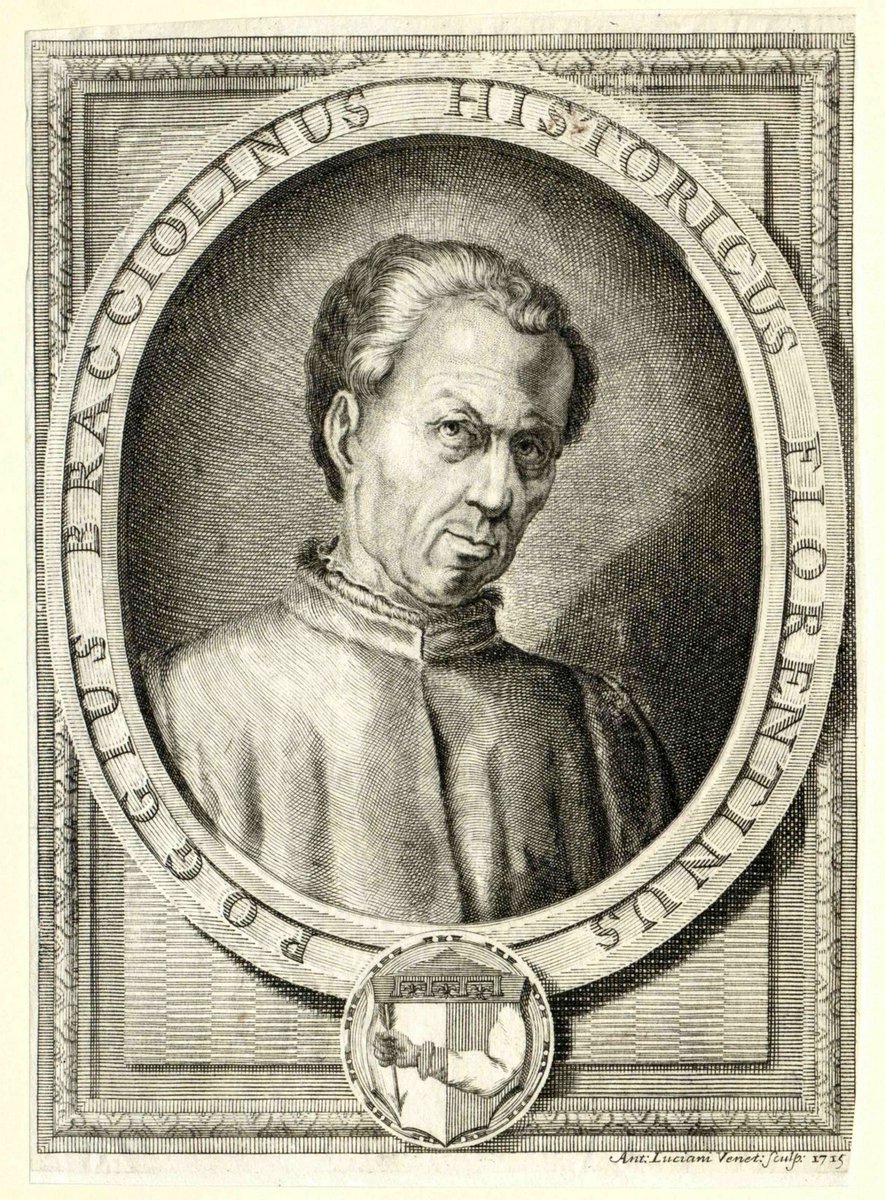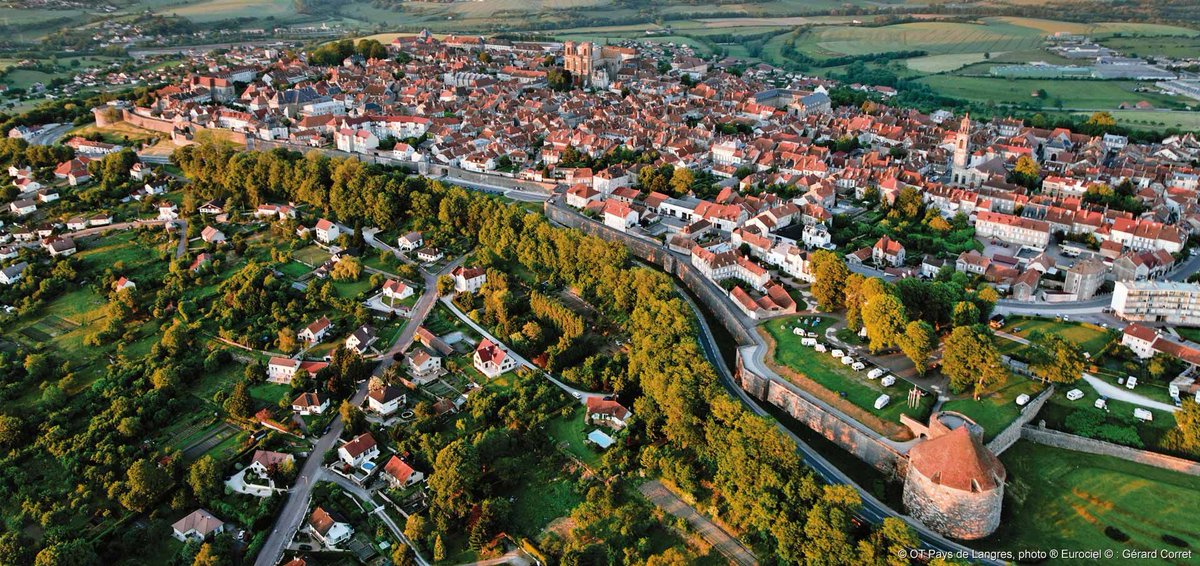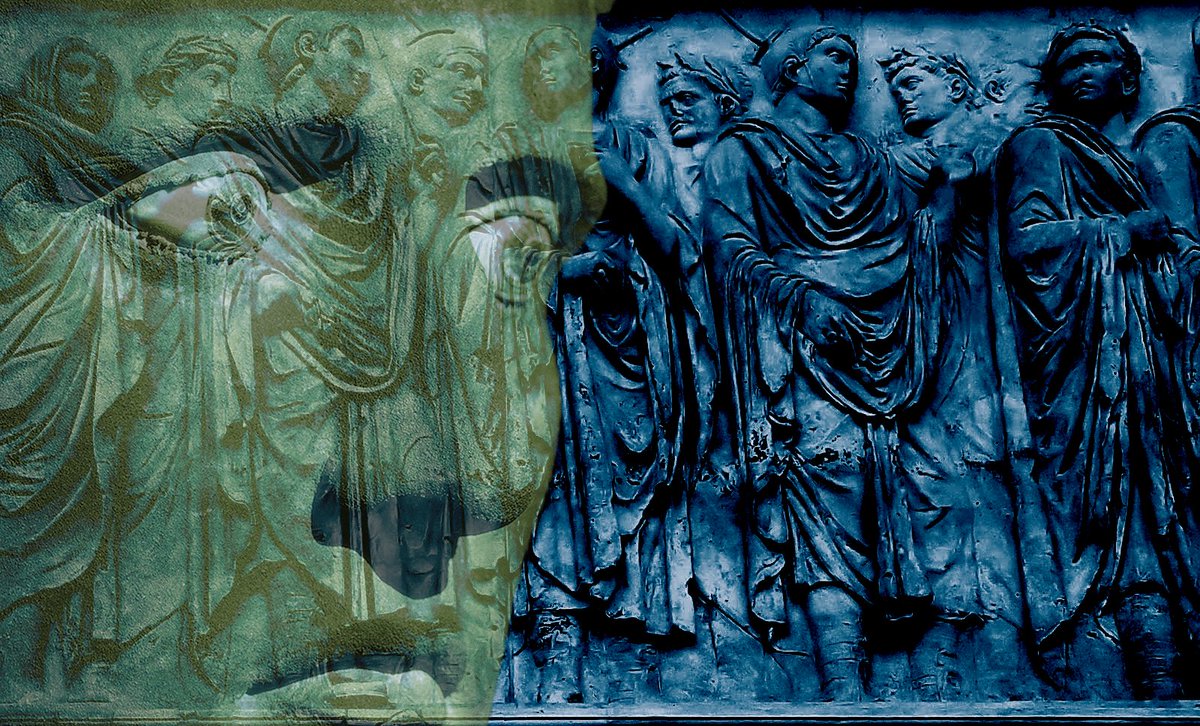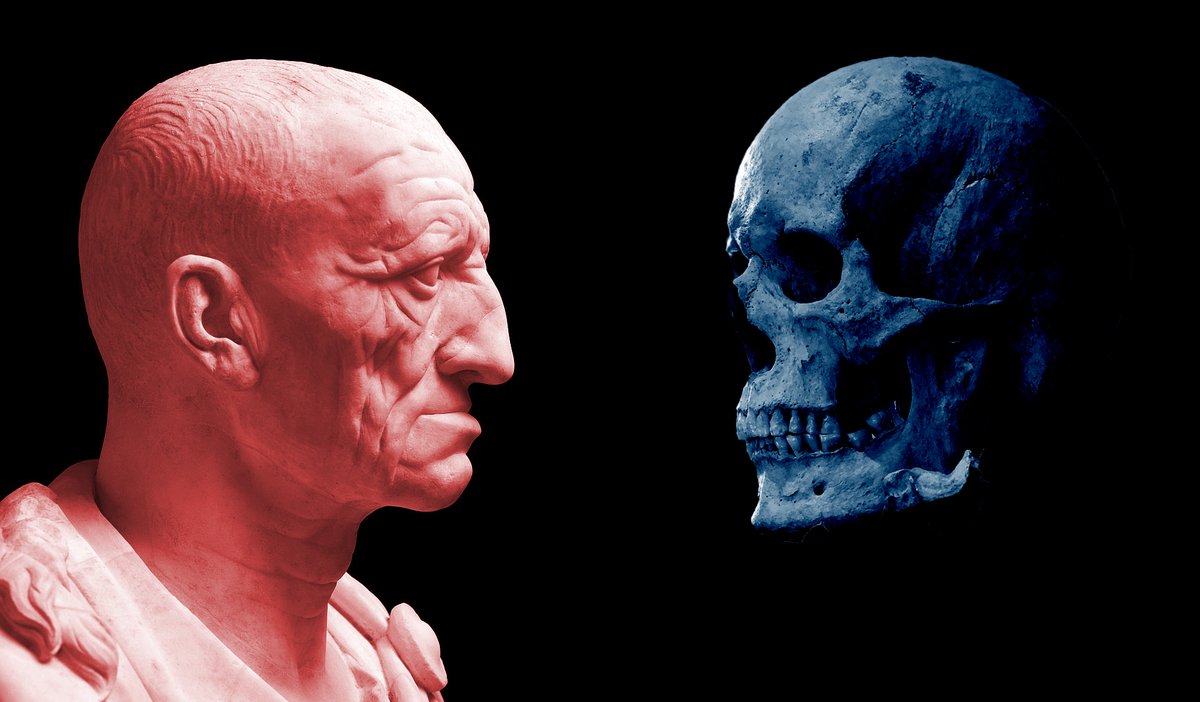
1) The Gemma Constantiniana is an astonishing work of Roman art but its journey across the millennia has been every bit as incredible: a tale of crusades, plunder, fantastic voyages, shipwreck, bloody mutiny and murder. Let's follow this masterpiece on its odyssey through time.. 
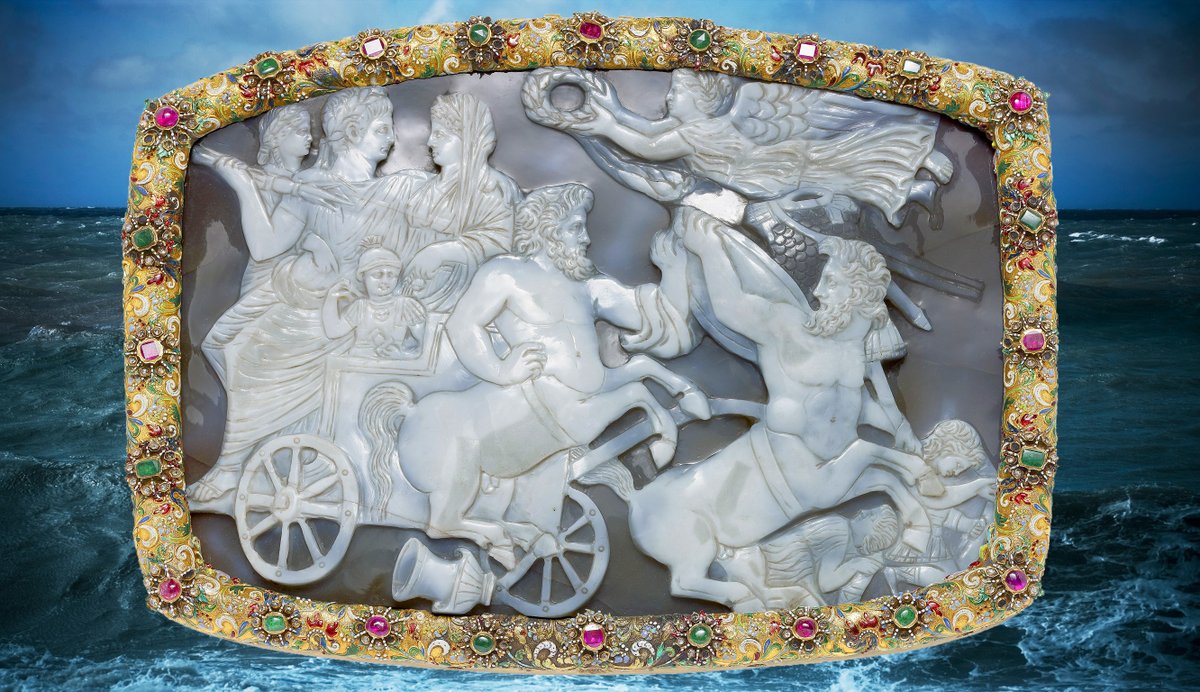
2) The 'Great Cameo of Constantine' or 'Gemma Constantiniana' was likely commissioned by the Roman senate as a gift for Constantine soon after his victory over Maxentius at the Milvian Bridge in October 312 and perhaps presented to the emperor on his decennalia celebrated in 315. 
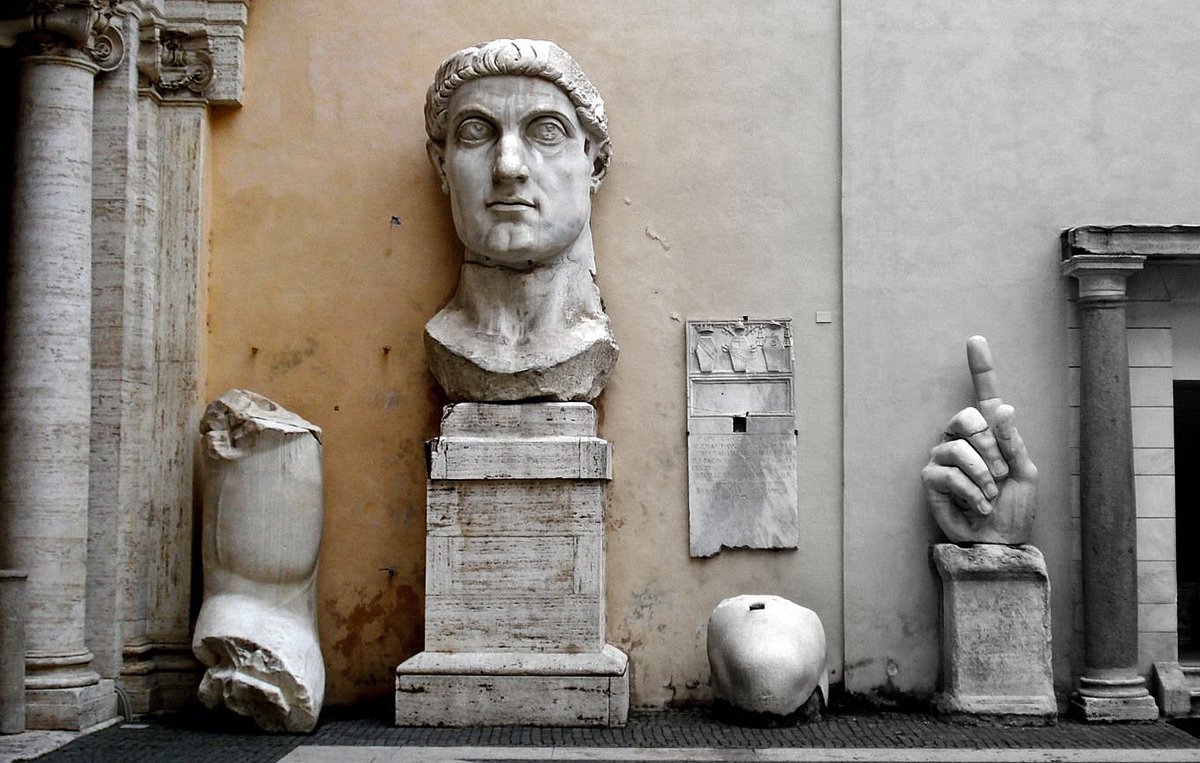
3) The monumental carved agate cameo is one of the largest to survive from antiquity, almost a foot in length, and shows Constantine in a triumphal chariot drawn by centaurs, flanked by his mother Helena, his wife Fausta and a child thought to be his firstborn son Crispus. 
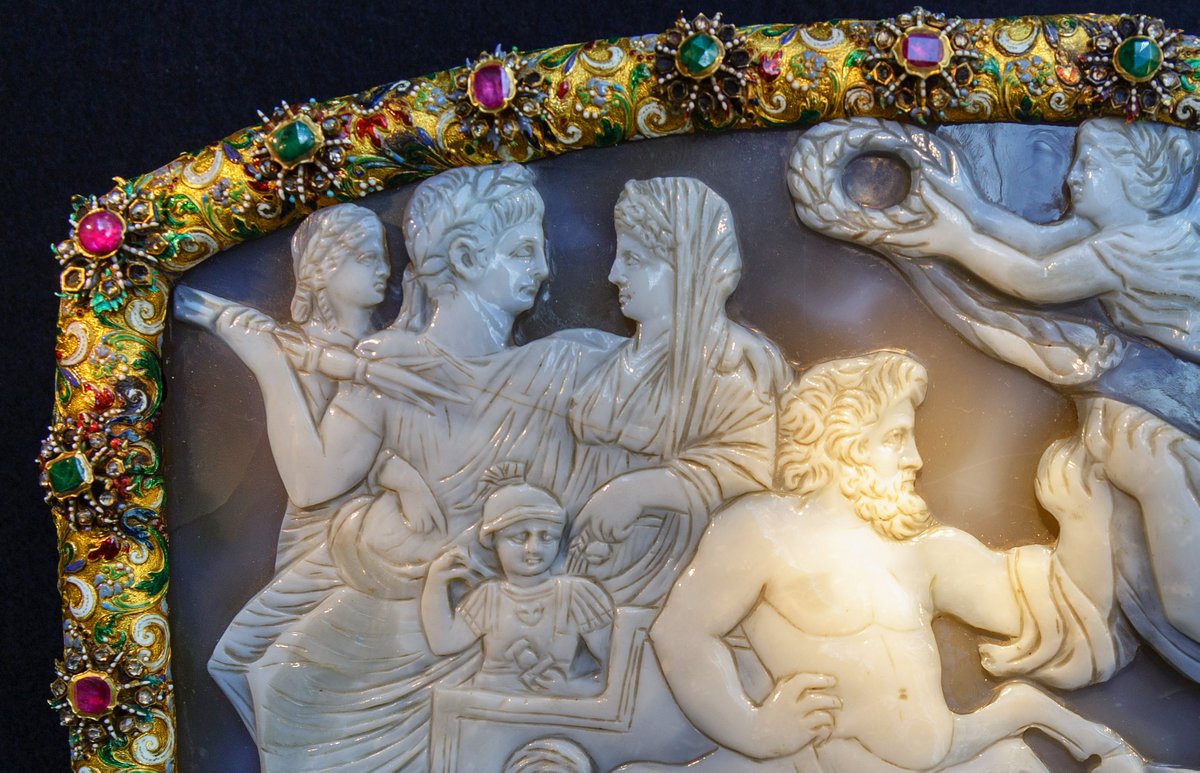
4) The dynastic hopes of the imperial family as represented on the cameo would crumble dramatically in 326 when Constantine ordered the execution of both Crispus and Fausta, after a scandalous affair, or at least intrigue, between the son and stepmother was uncovered. 
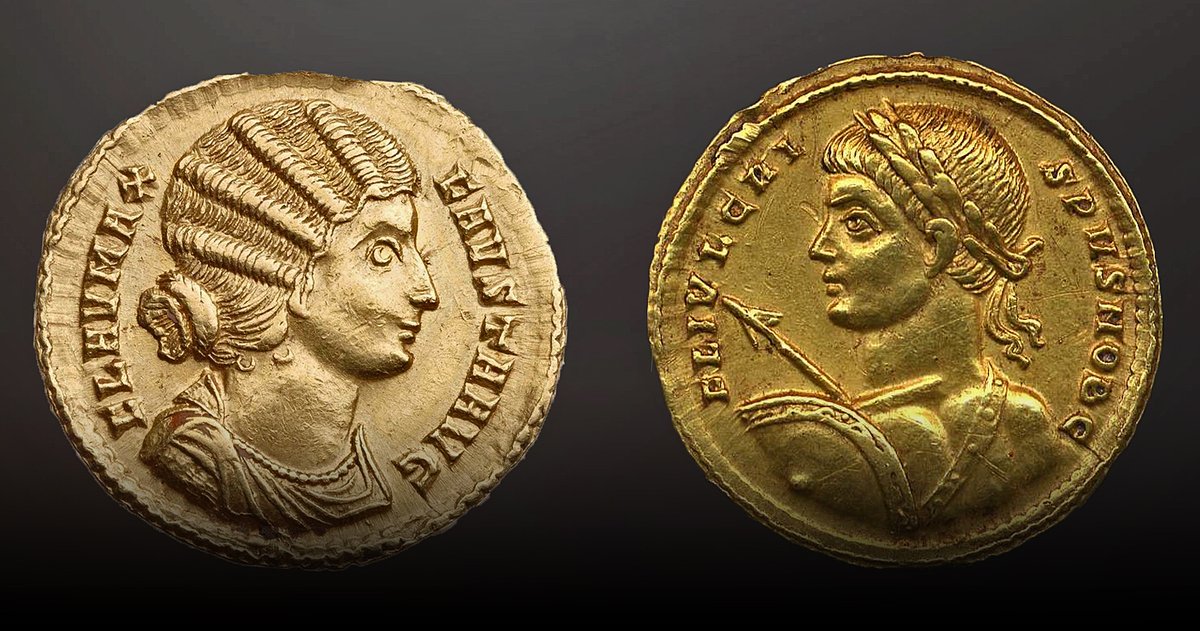
5) The cameo would survive the fall of the Western Roman Empire and was likely kept safe in the imperial treasury at Constantinople until 1204, when the city was captured and ruthlessly sacked by Crusader armies at the culmination of the Fourth Crusade. 
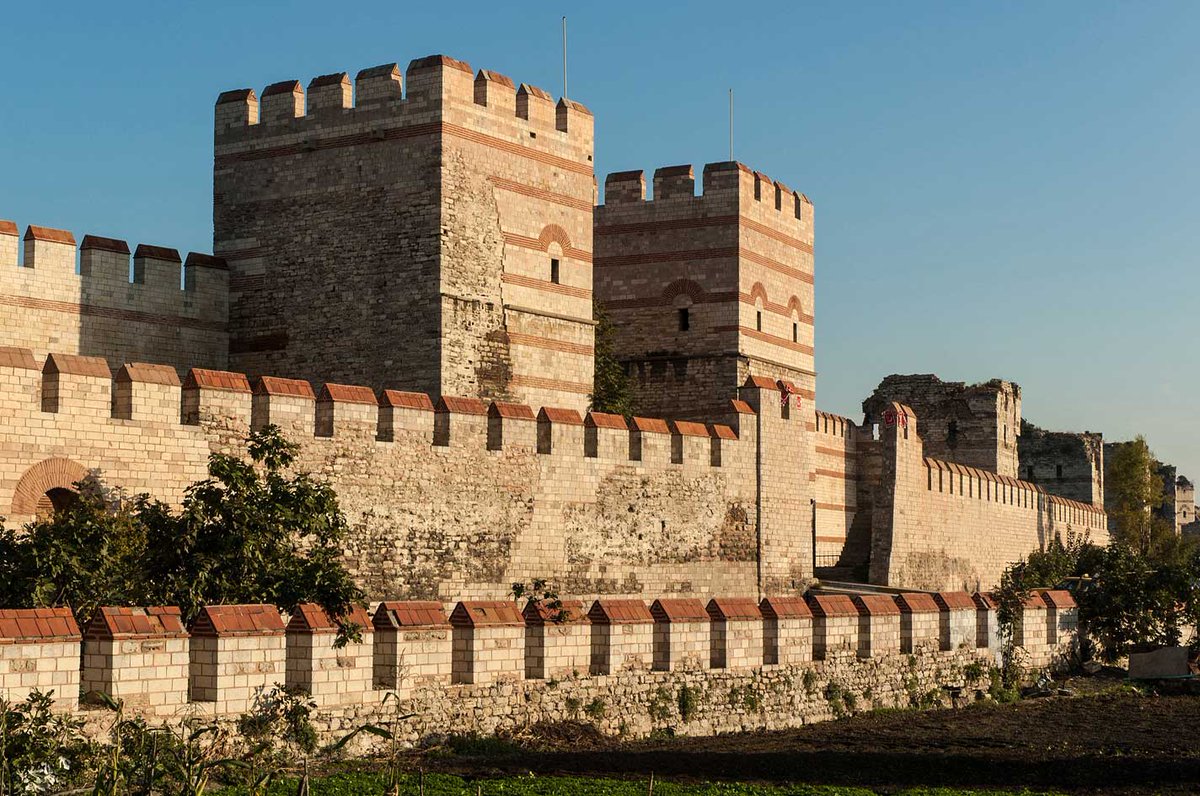
6) While many ancient artworks of the city were tragically destroyed or melted down by the Crusaders, the cameo was fortunately among the antiquities brought back to Europe - as were treasures like the Horses of St Mark and porphyry statue of the Tetrarchs taken by the Venetians. 
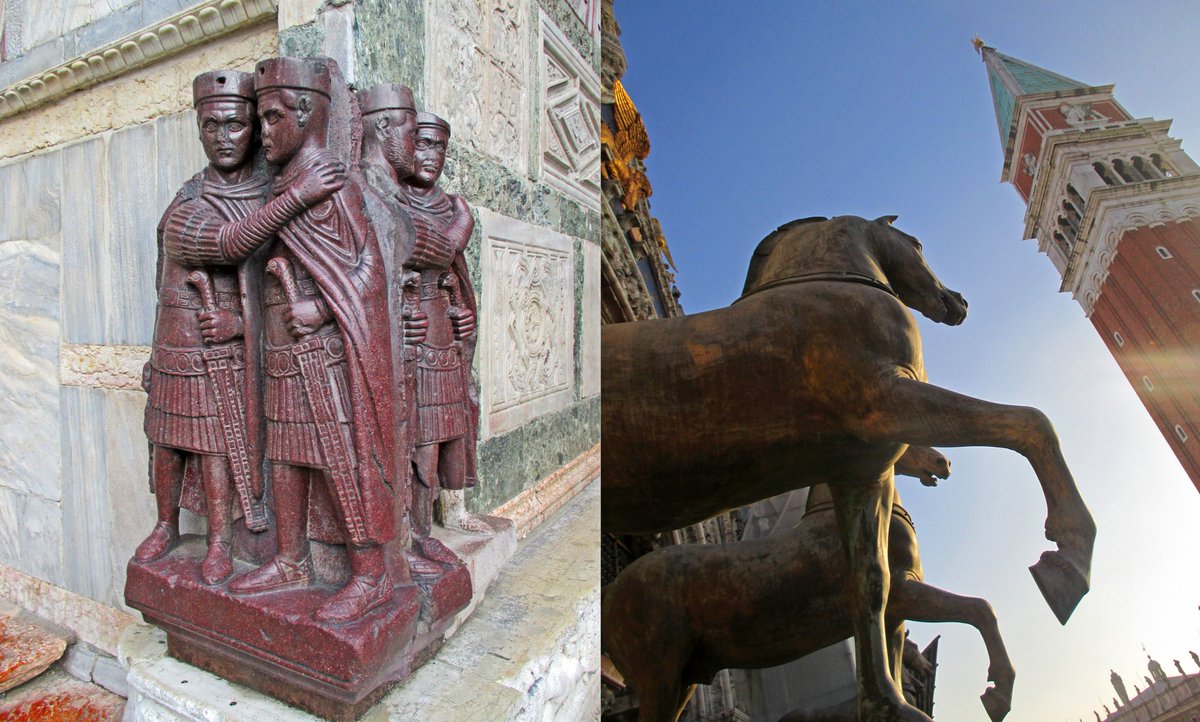
7) The Gemma Constantiniana was taken to Western Europe where it is thought to have spent the rest of the Middle Ages in the treasury of a French monastery before passing into wealthy Renaissance collecting circles. The cameo resurfaces in 1620s Antwerp, in the possession of... 
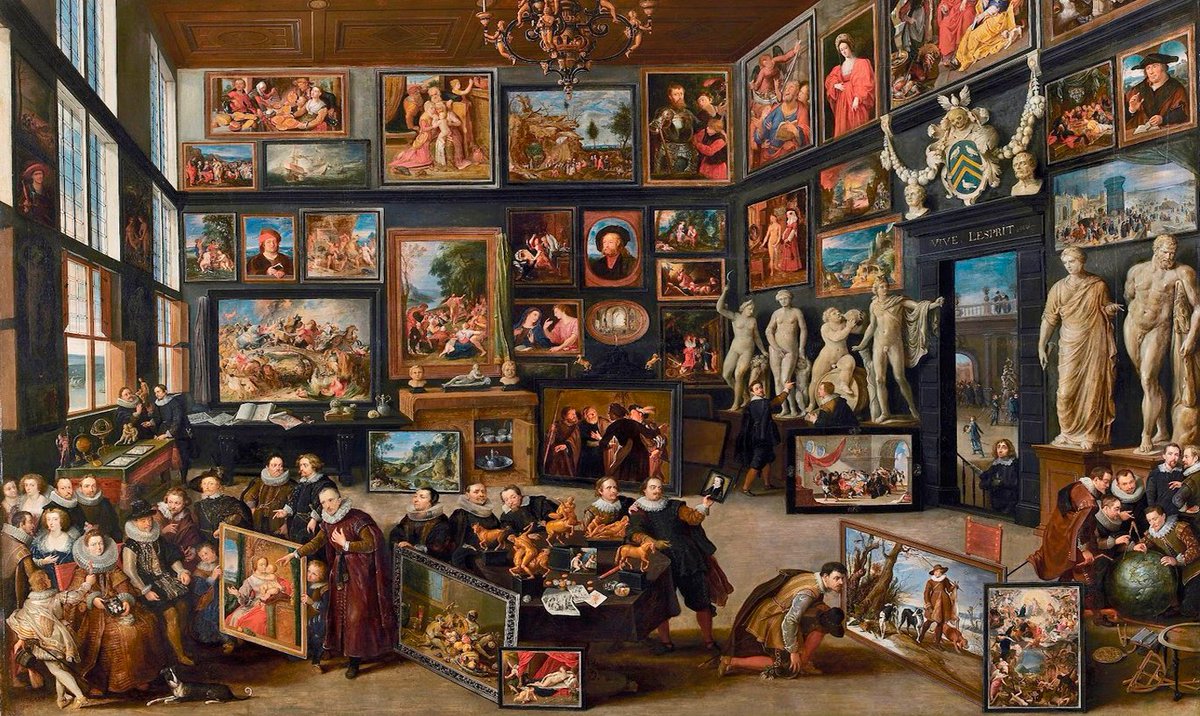
8) ..famous Flemish artist and collector Peter Paul Rubens. During Rubens' ownership of the cameo he had the goldsmith Theodor Rogiers mount it within an opulent gold frame studded with precious jewels, turning an already exceptional artwork into a piece of unimaginable value. 

9) By 1628 the cameo had been acquired by Amsterdam jeweller Gasbar Boudaen. In the midst of the Dutch Golden Age with exploding intercontinental trade opportunities offered by Dutch shipping, a plan was devised for the sale of the cameo with enormous profit potential.. 
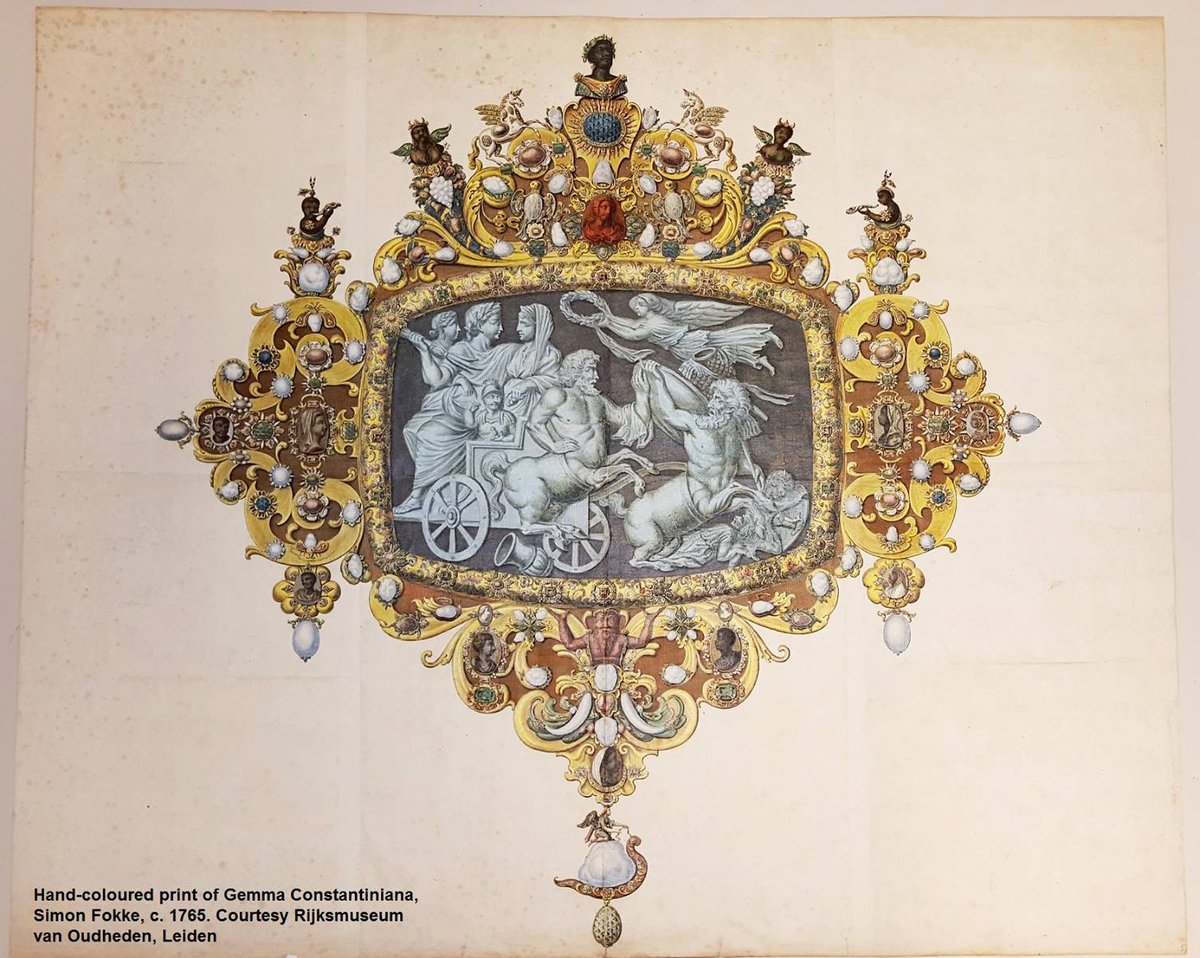
10) The cameo was to be shipped with other treasures by the Dutch East India Company (VOC) megacorporation, on an epic 6-12 month voyage to Java. From the Dutch East Indies it would travel on to be sold at huge profit to the Great Moghul Jahangir, known to be a refined collector. 
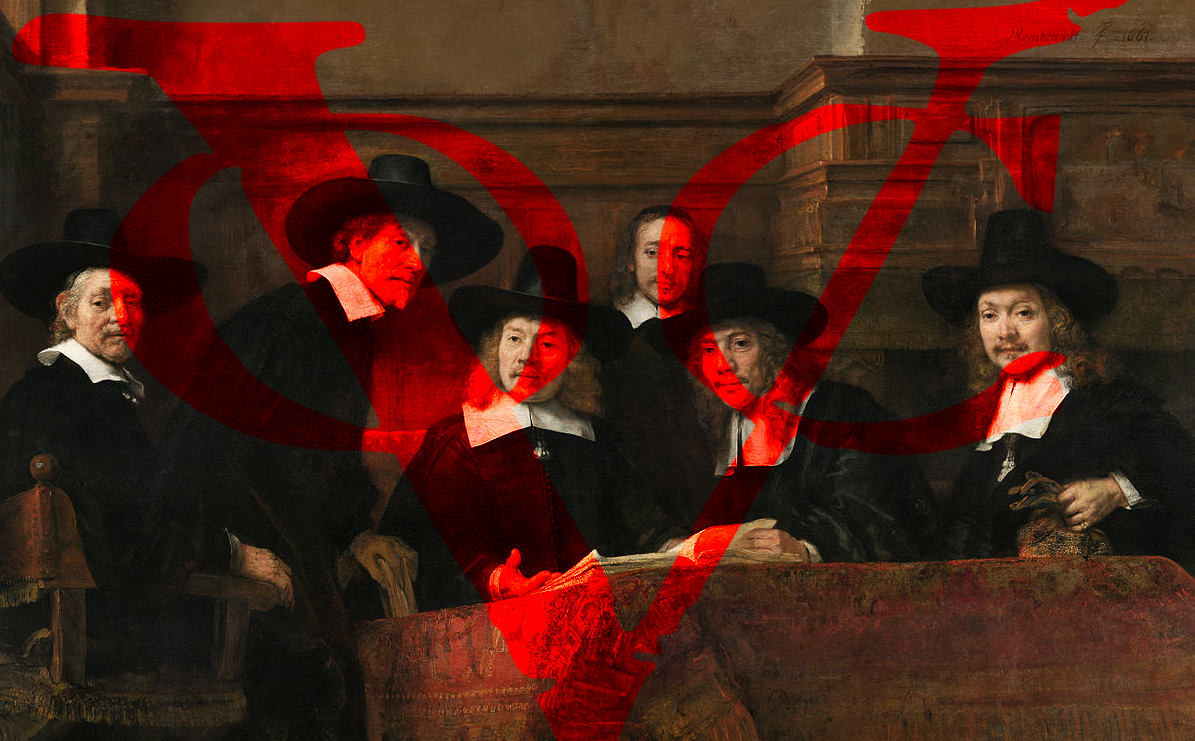
11) A new VOC flagship was built for the voyage at huge expense and by Autumn 1628 it was ready to depart. It was loaded with trade goods, 10 massive chests of 250,000 guilders, bags of jewels and numerous treasures - the most valuable of which was the Gemma Constantiniana.. 
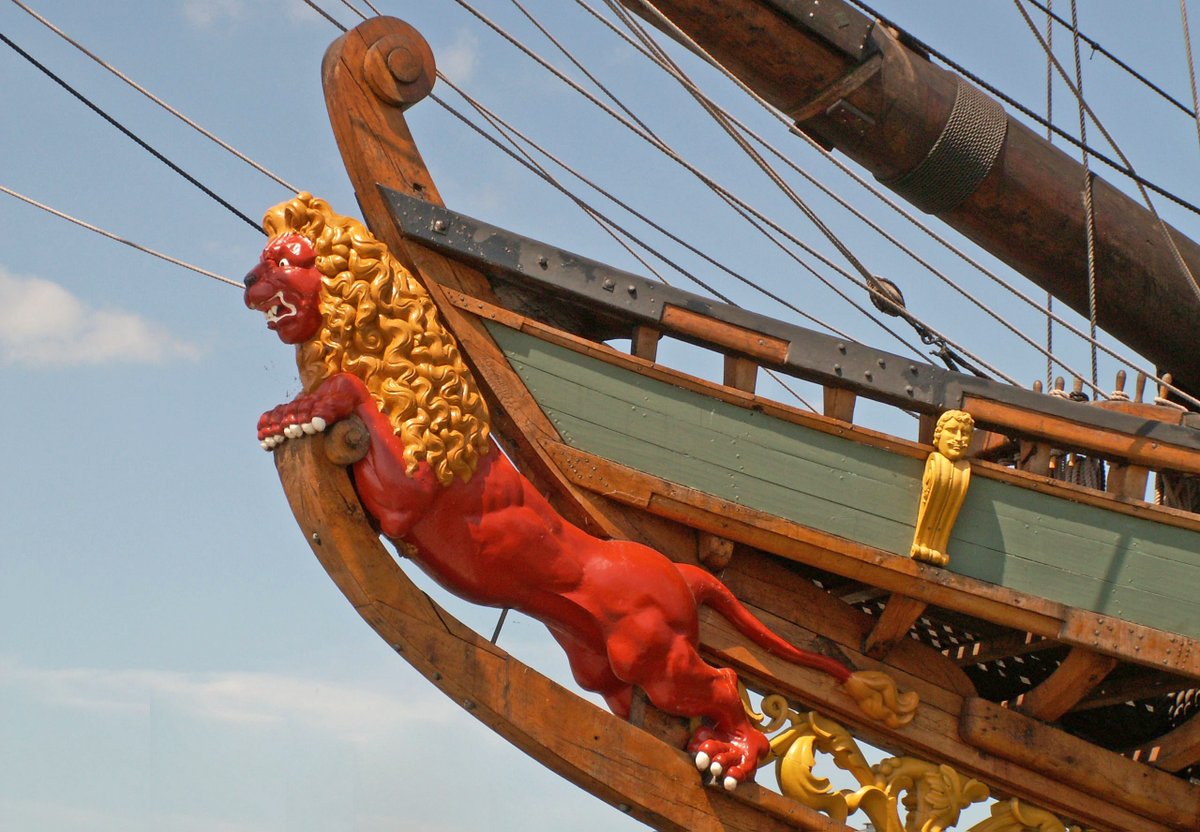
12) For her maiden voyage, the 160-foot vessel or 'retourship' was packed with about 340 people: sailors, soldiers, civilians - men, women and children. The ship set sail from the Netherlands on 28 October 1628 under the command of Francisco Pelsaert. Her name was the 'Batavia'.. 
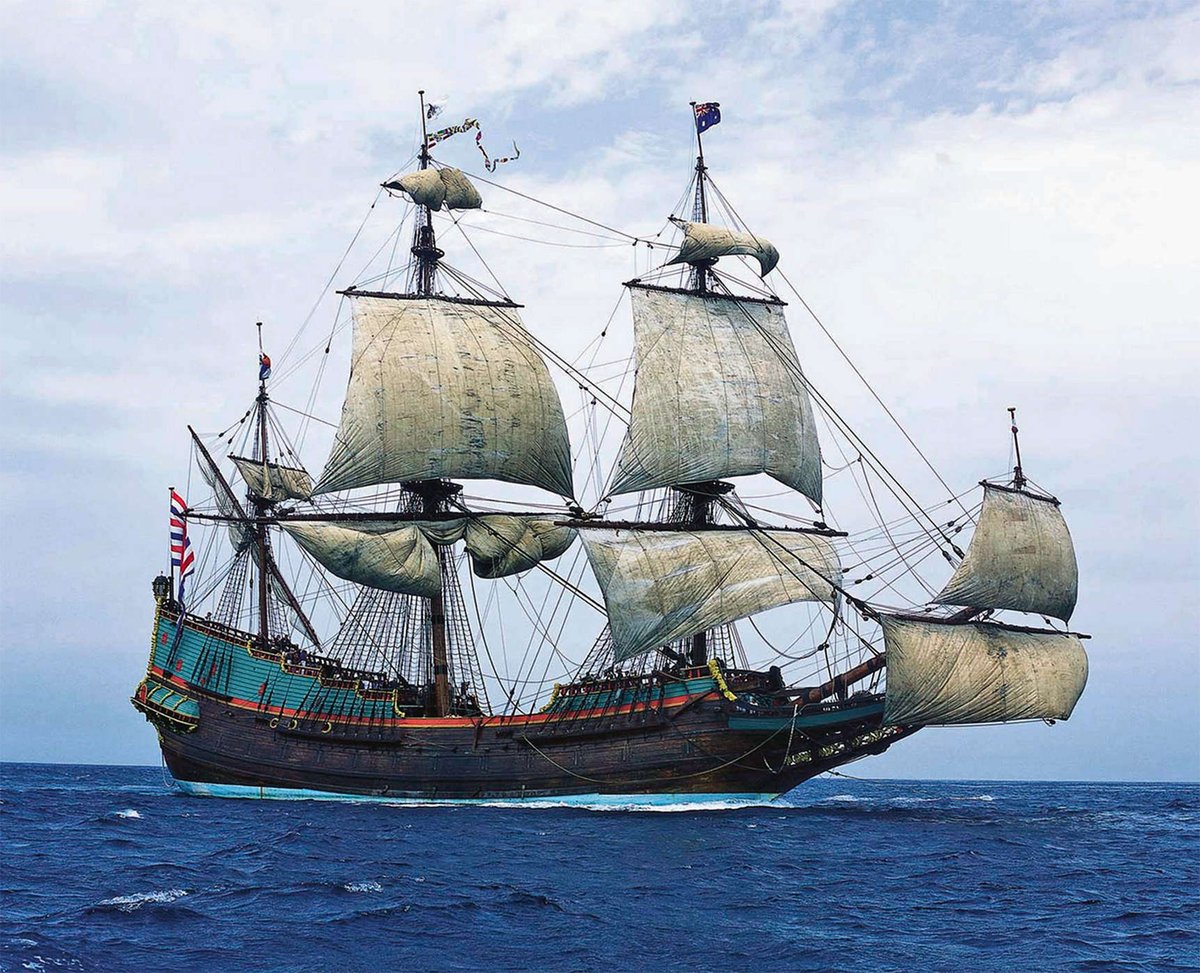
13) The Batavia would follow the newly pioneered 'Brouwer Route'; instead of rounding Africa and crawling back up across the Indian Ocean, Dutch ships would continue south into the 'Roaring Forties' and be swept towards Australia. A risky route that cut the voyage length in half. 
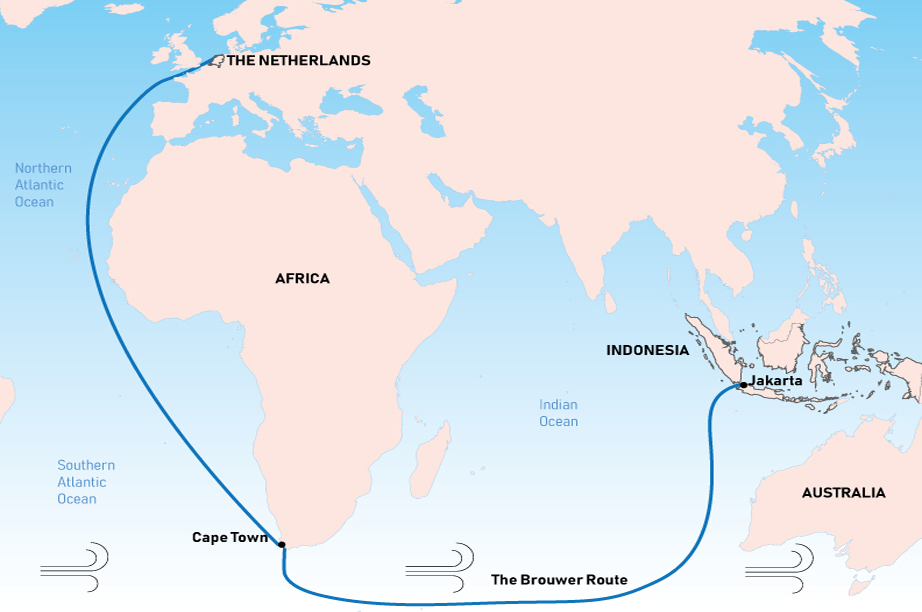
14) The voyage was tense from the beginning. The VOC commander Pelsaert clashed with the Batavia's skipper Ariaen Jacobsz and struggled to maintain discipline among the hardened soldiers and sailors, the temptation of women and priceless treasures on board was too much for some.. 
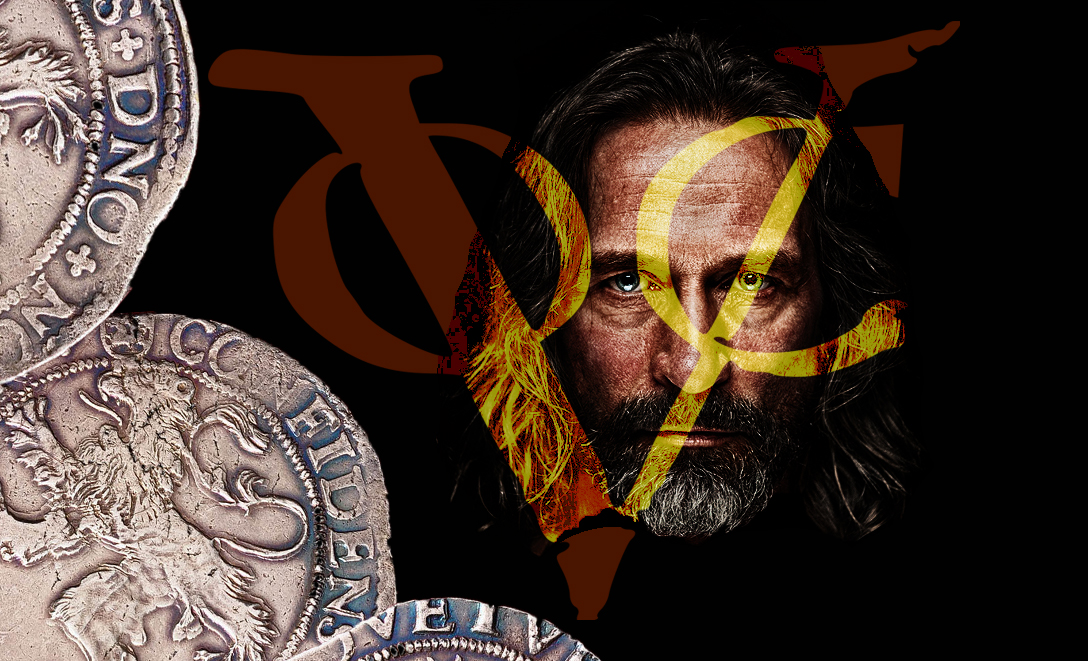
15) The arduous voyage was marred by deadly illnesses, violent assaults and growing whispers of mutiny. Unable to calculate longitude, Jacobzs had to rely on dead reckoning to know when best to turn north out of the Southern Ocean to avoid the treacherous coasts of Australia.. 
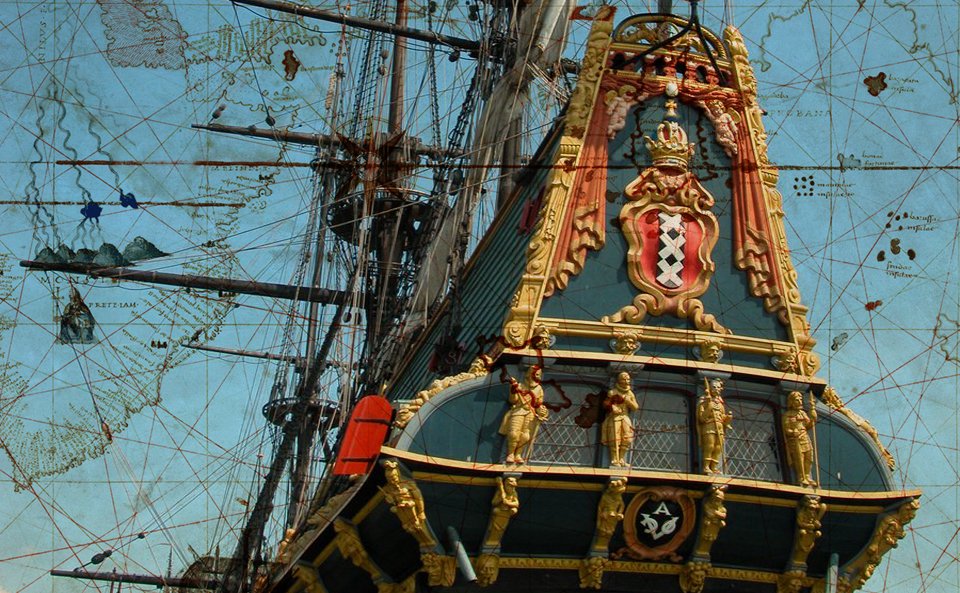
16) Jacobzs turned the Batavia north, positive that the coast of 'Terra Australis' was still far away. The seadog skipper was confident in his navigation and the treasure-laden Batavia pushed on to the Indies at full sail - with no way of knowing what lay directly in her path.. 
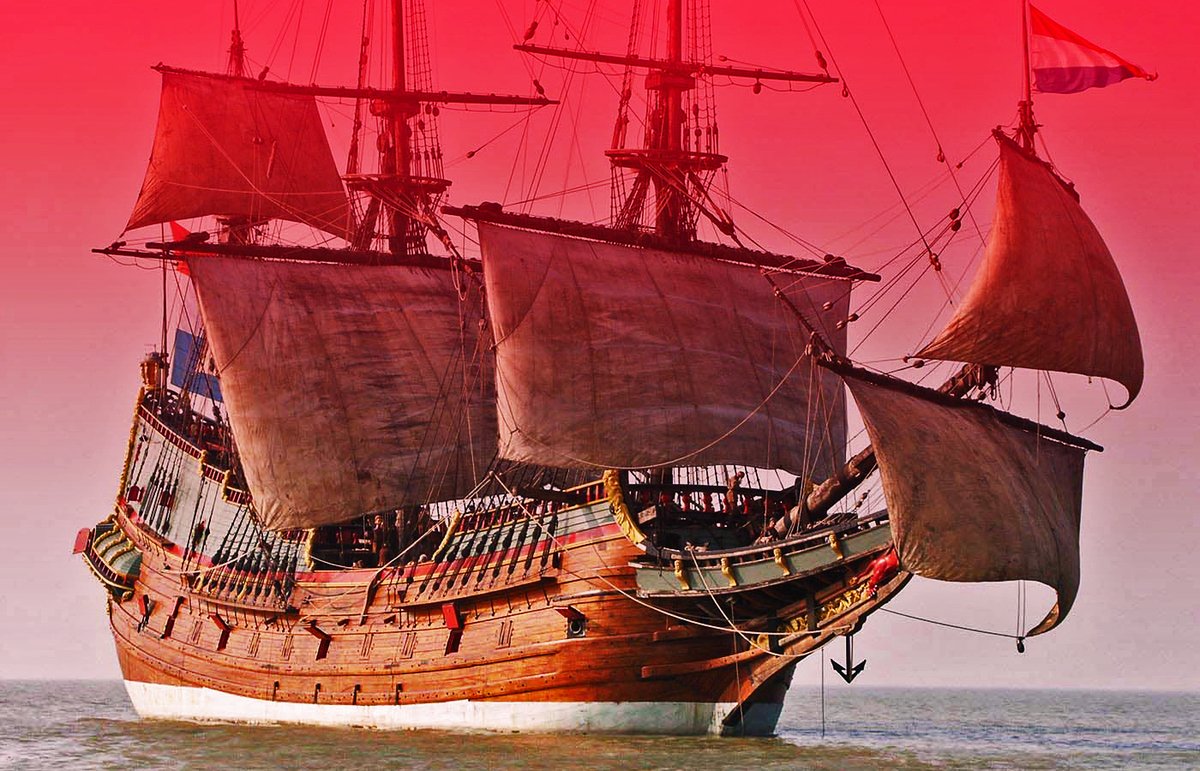
17) Before dawn on 4 June 1629 the Batavia smashed into a reef in the Houtman Abrolhos island chain, 50 miles off the coast of Western Australia. As the vessel broke apart, survivors escaped to nearby small islands after salvaging as many supplies and treasures as they could.. 

18) Almost 300 survivors were dispersed on the uncharted archipelago - around 180 on the arid coral island dubbed "Batavia's Graveyard", desperate with thirst and hunger. Seeing no other option, the VOC commander Pelsaert and skipper Jacobsz made a difficult decision.. 
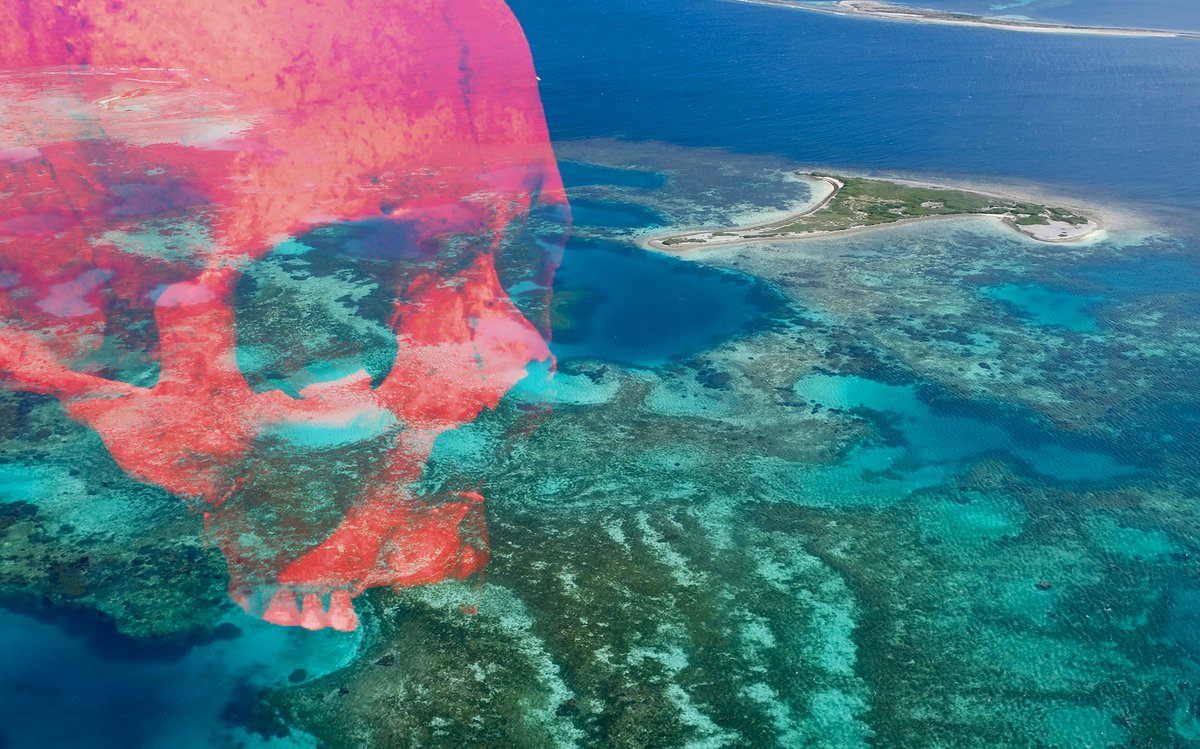
19) Taking the Batavia's longboat they made for Java: a 2,000 mile voyage. If by a miracle they were successful, they could return to rescue the treasure..and any survivors. Hundreds of frantic people were left in the hands of the third in command, the VOC under-merchant named.. 
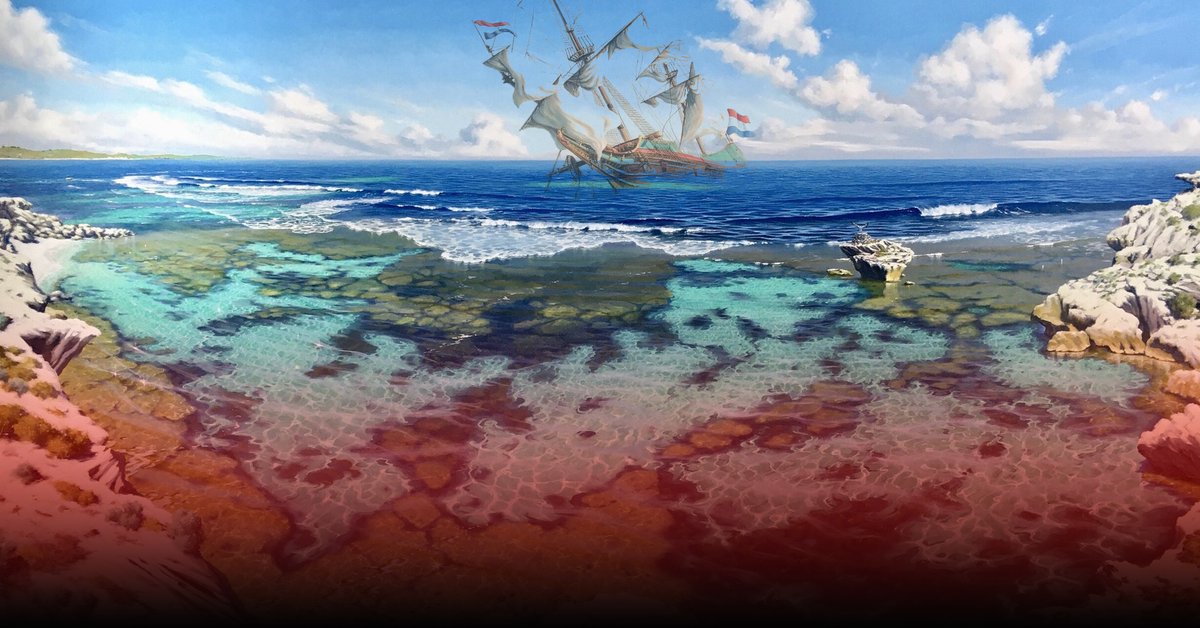
20) Jeronimus Cornelisz - a bankrupt, religious heretic from Haarlem. Jeronimus had been outwardly unremarkable on the Batavia's voyage. Tragically, as he took control of the survivors marooned on the barren islands, nobody could have known the truth: Jeronimus was a psychopath. 
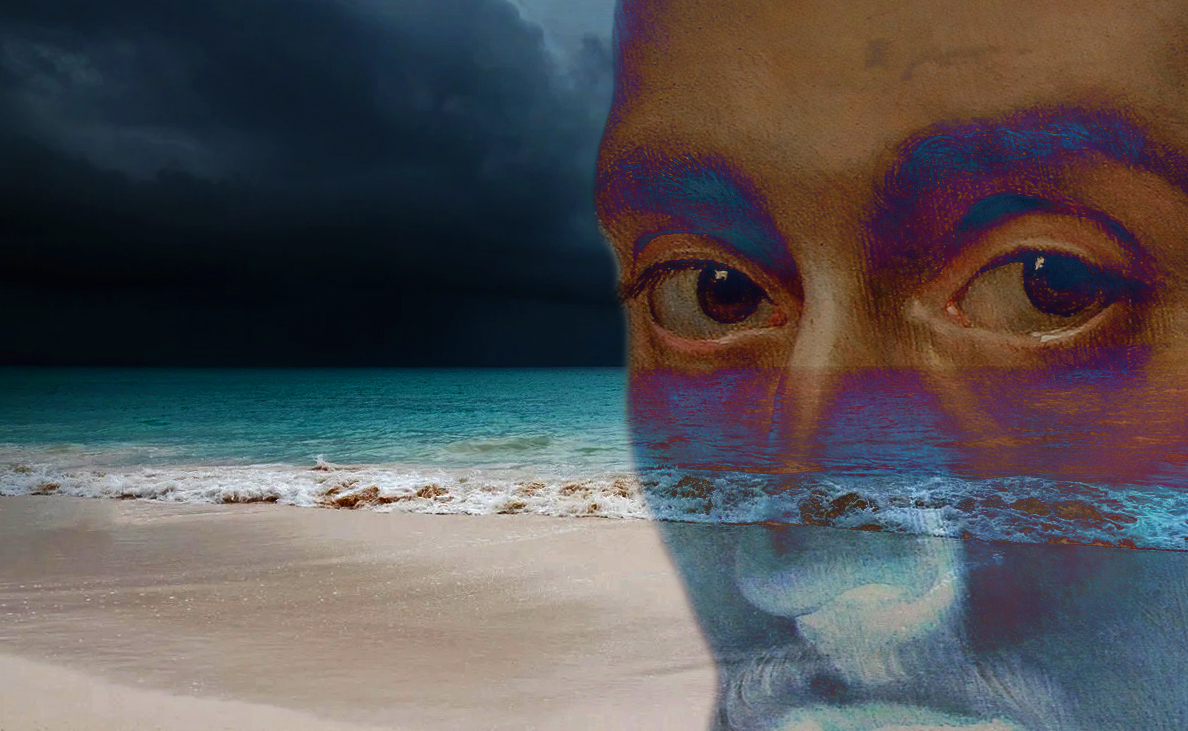
21) Combining his own personal magnetism and intense powers of coercion, Jeronimus seized total control on the island. He brought under his sway a mutinous band of the most cutthroat soldiers, all entranced by his charm and eloquence. So began a real-life Lord of the Flies... 
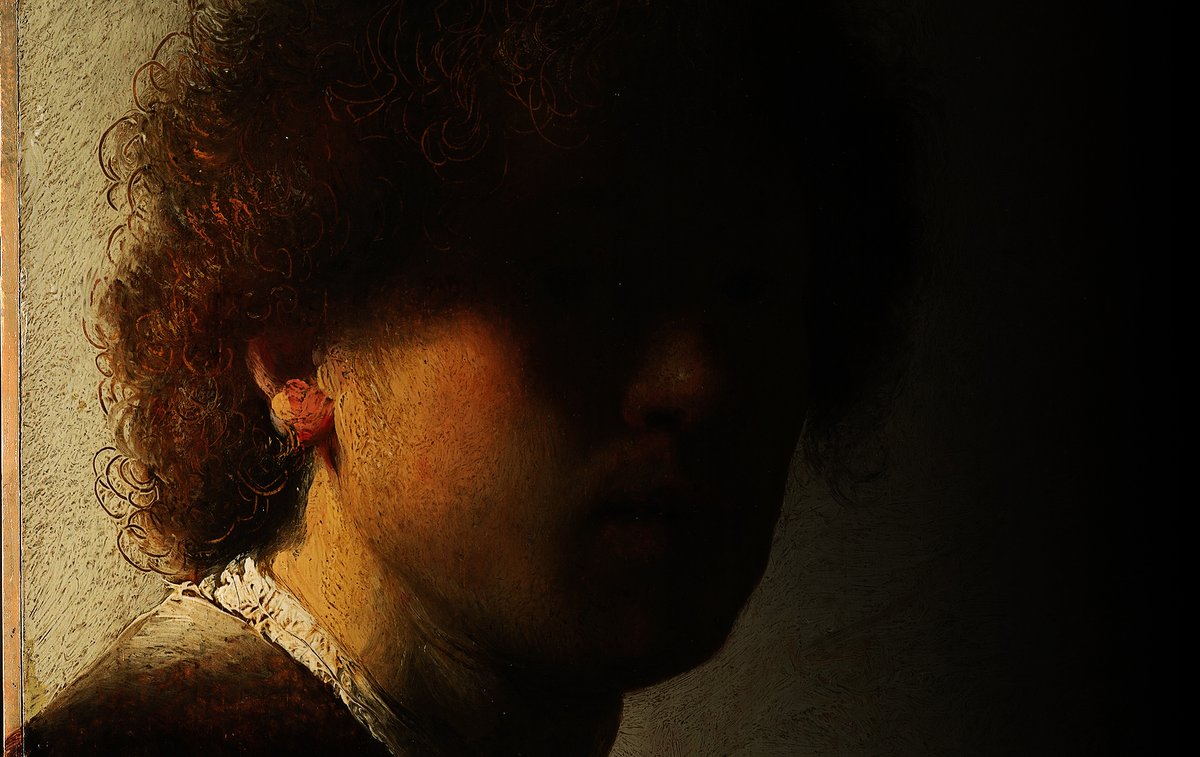
22) Jeronimus installed himself as a dictator in the archipelago, planning to later seize any rescue vessel and turn it into a pirate ship. In his tent he displayed treasures from the wrecked Batavia; thousands of silver coins, jewels and most notably the Gemma Constantiniana.. 
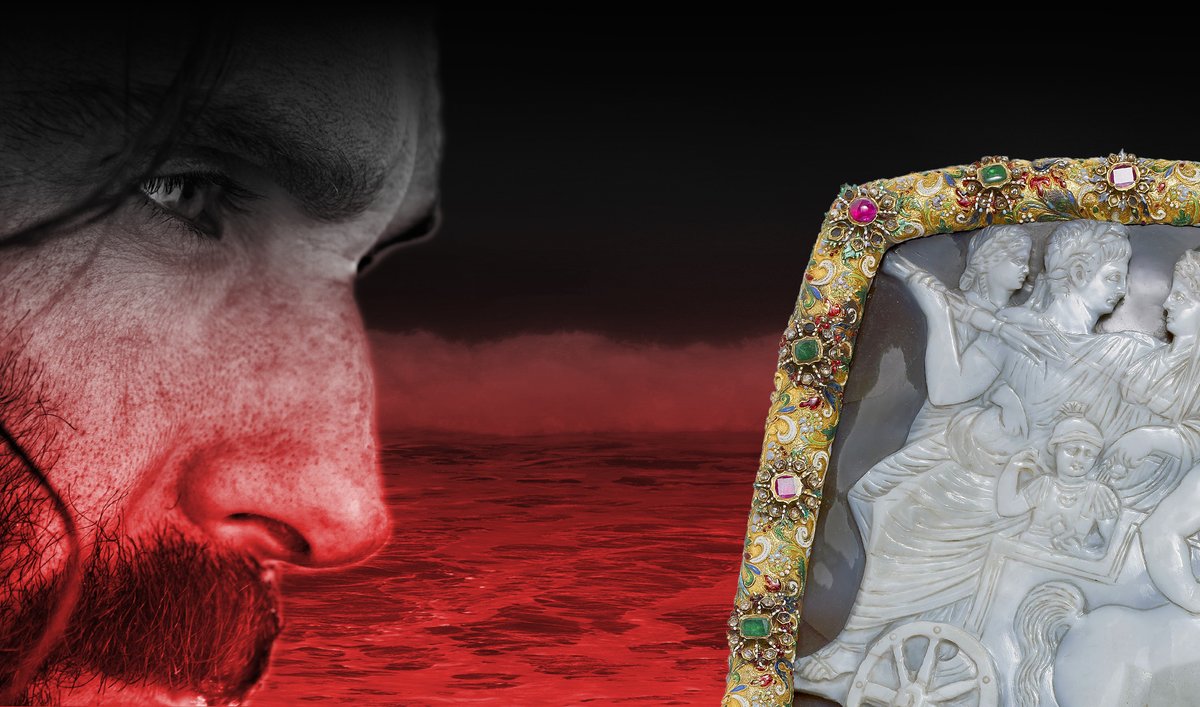
23) ..He allowed the men to caress the great Roman cameo as he seduced and captivated them with promises of all the similar treasures awaiting them if they joined him in mutiny, murder and piracy. Jeronimus' gang took women and girls as sex slaves. In July, the killing began... 
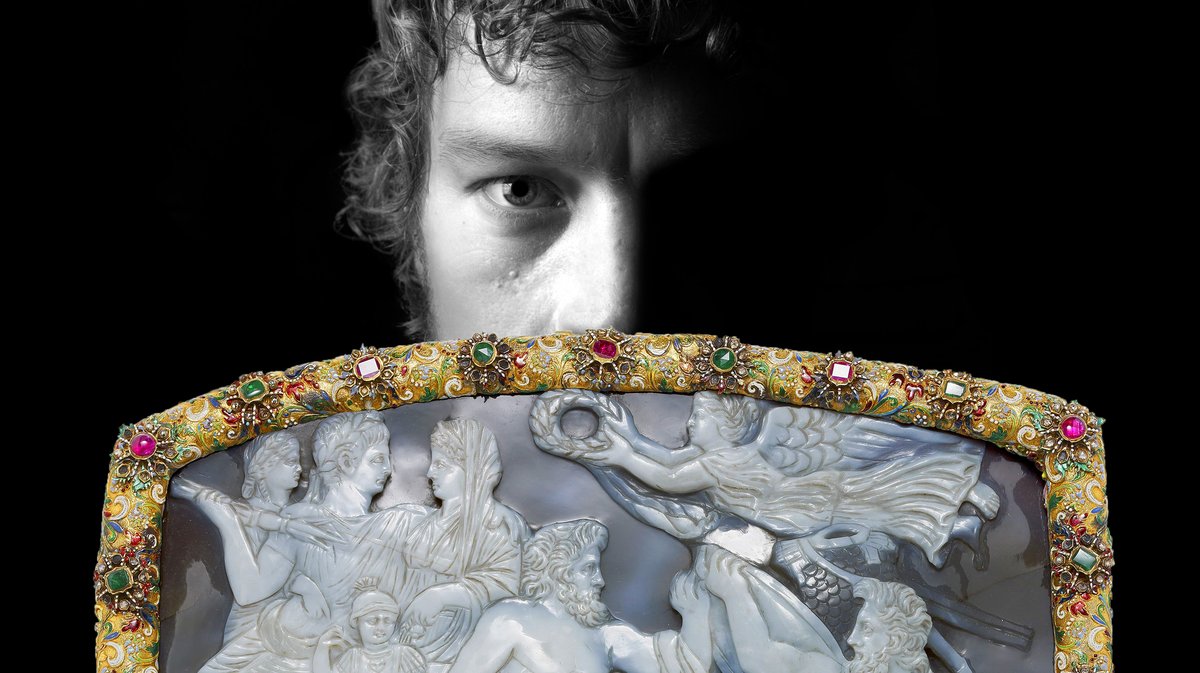
24) In his desire to lower demand on their limited supplies and out of sheer homicidal mania, Jeronimus began ordering his acolytes to systematically murder the surviving men, women and children on the island - which they did through stabbing, drowning, beating and strangulation. 
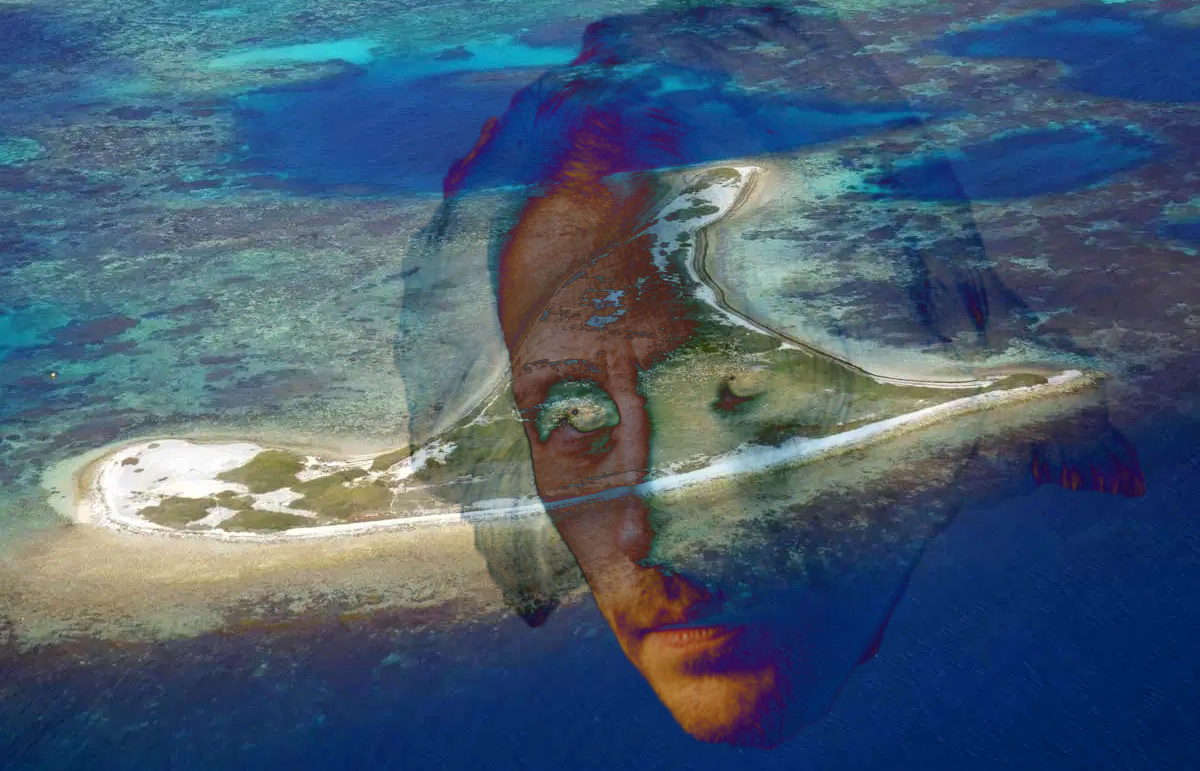
25) Orchestrating all killing through his loyal followers, Jeronimus presided over the brutal murder of around 120 men, women and children on his island - in a 3 month reign of terror filled with rape and slaughter. Yet there was hope on a neighboring island in the form of... 

26) Wiebbe Hayes, leading a small band of more principled soldiers. Sensing they could not be turned to evil, Jeronimus had earlier dropped the men off on a nearby island to find water but marooned them there to die. Little did he know they had thrived..and were ready to fight.. 
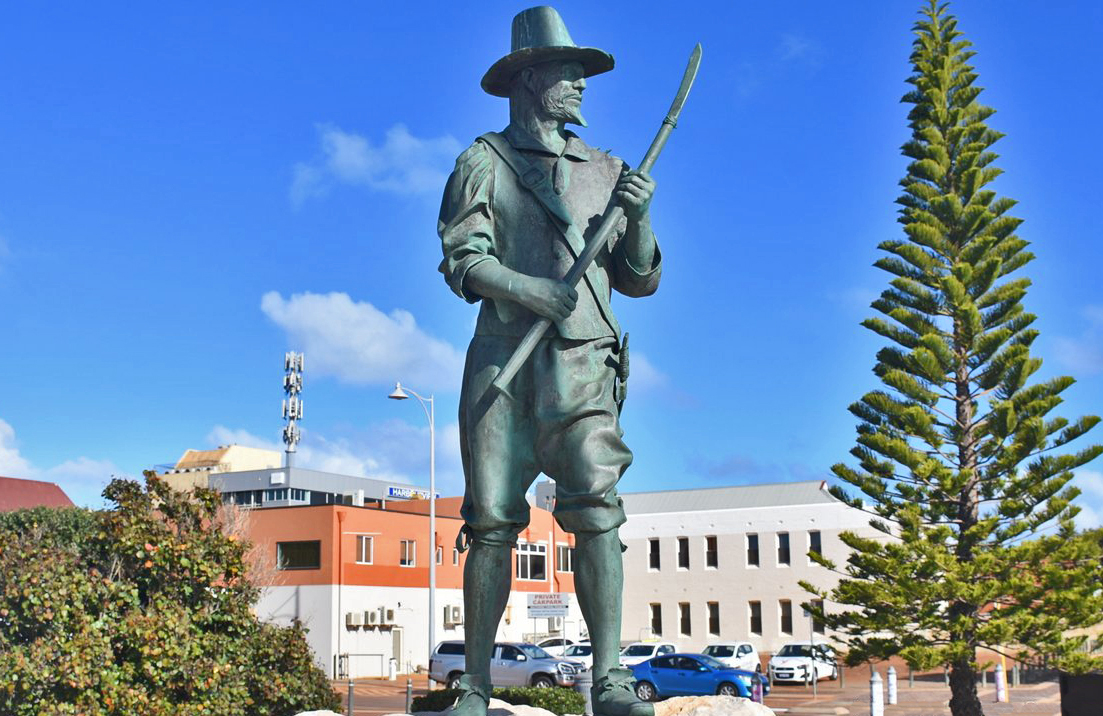
27) After finding out Hayes and his men were still very much alive, Jeronimus led a series of misguided attacks against the hardy soldiers who had even built a small fort on their rival island - Australia's first stone building built by Europeans. In one attack on 2 September.. 
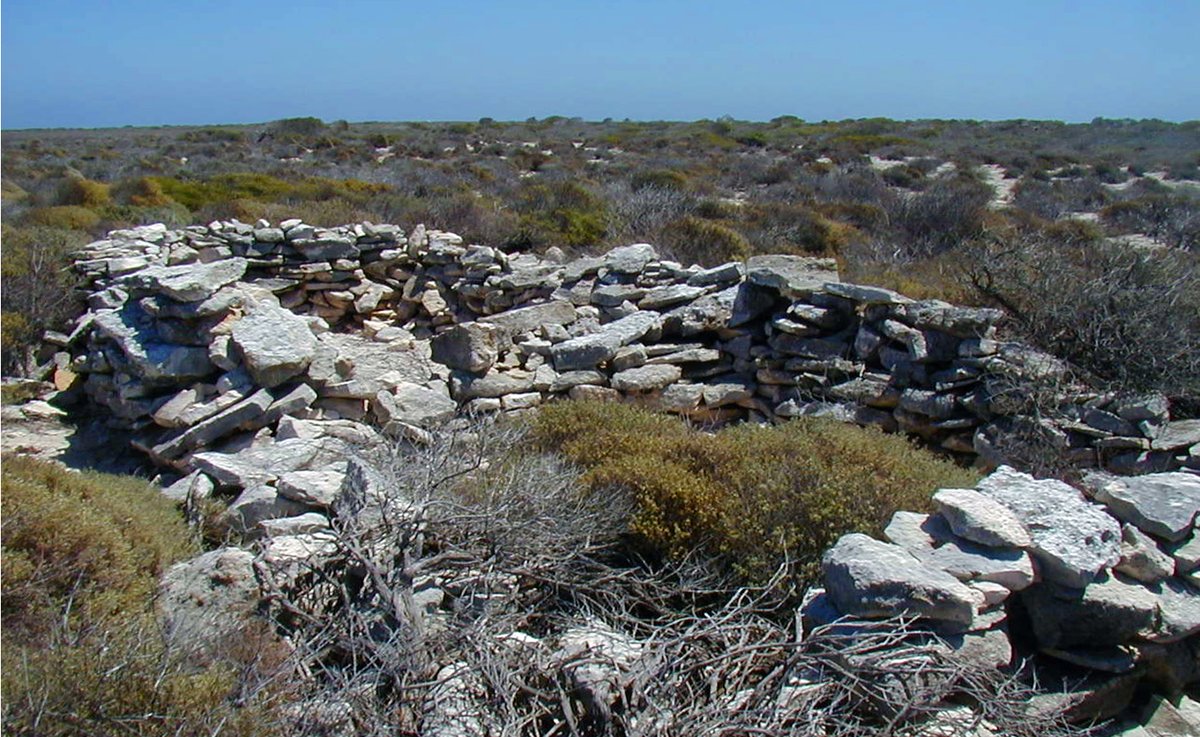
28) Wiebbe Hayes' defenders killed a number of the mutineers and captured Jeronimus alive. On 17 September, the remaining die-hard mutineers launched a final attack against Hayes to free their leader. As the last battle raged, a ship appeared on the horizon.. 
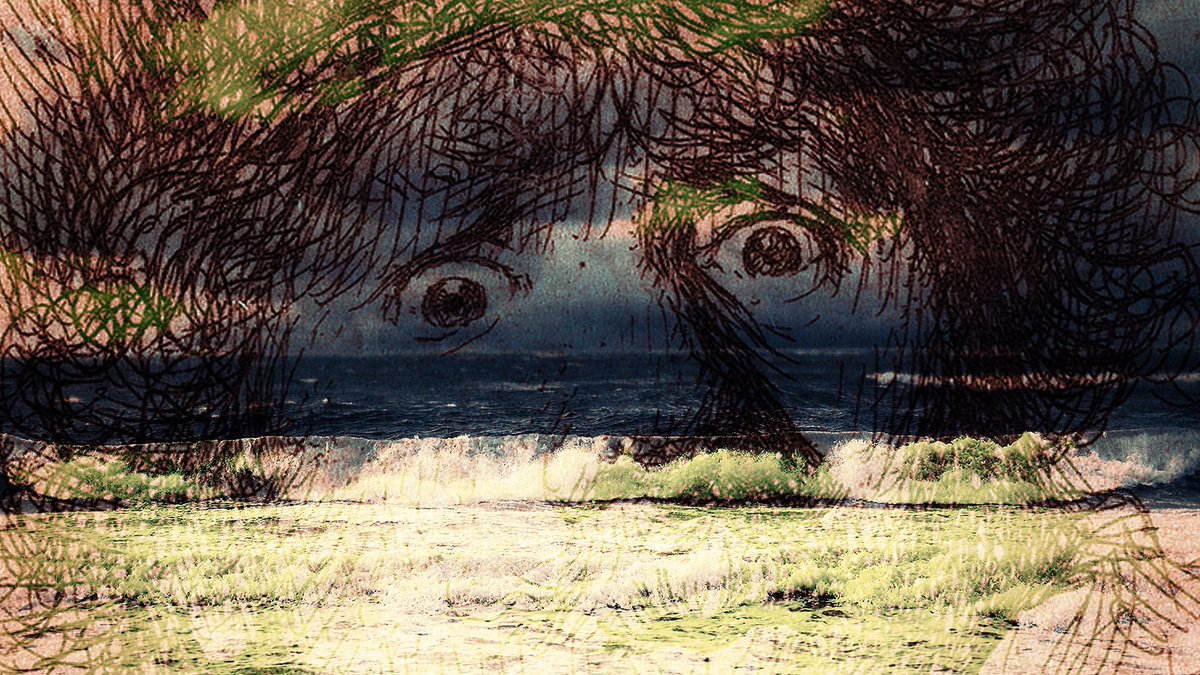
29) Unbeknownst to everyone, Pelsaert and Jacobsz' epic voyage to Java had been a success! At the VOC HQ in modern-day Jakarta they told of the wreck of the Batavia - Jacobsz was arrested for negligence but Pelsaert had returned on a VOC rescue ship..not knowing what awaited him. 
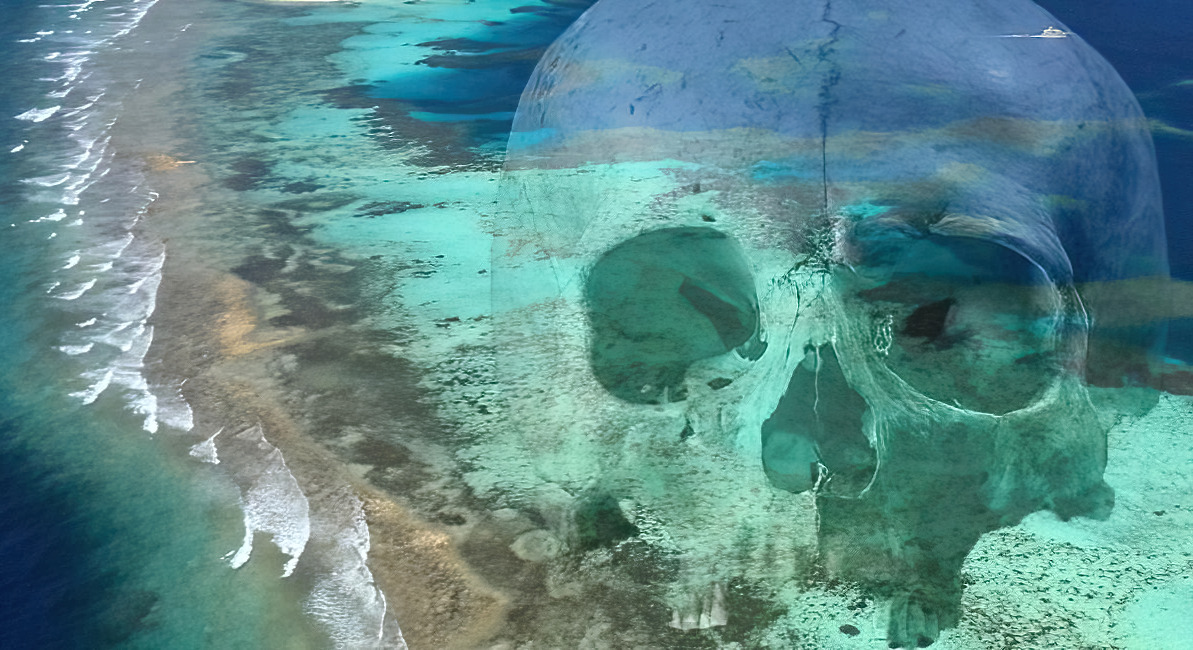
30) Pelsaert arrived at the Abrolhos in the midst of a confusing battle. Fortunately, Hayes and his men beat the mutineers to the rescue ship and were able to detail the horrors of the last 4 months. The mutiny collapsed. Less than half of those Pelsaert had left remained alive. 
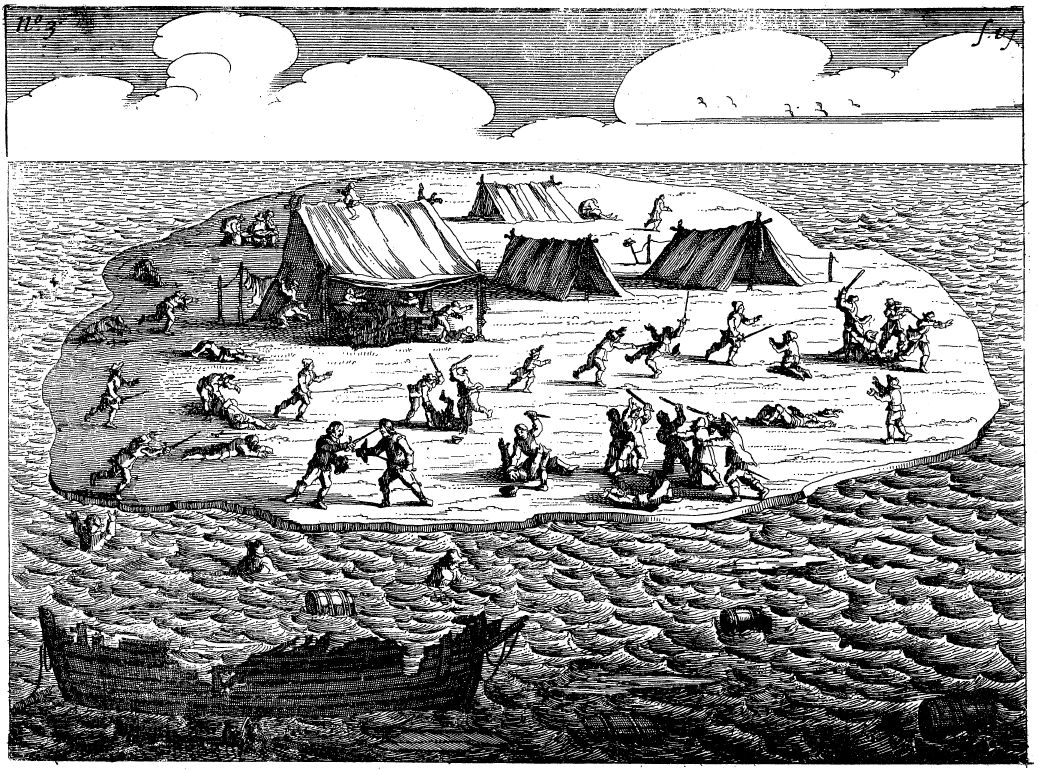
31) After lengthy torture and interrogation of the mutineers, Pelsaert uncovered the full story of the atrocities committed under the insidious Jeronimus. On 2 October, Jeronimus and his mutineers had their hands chopped off before being hanged on gallows set up on the islands. 
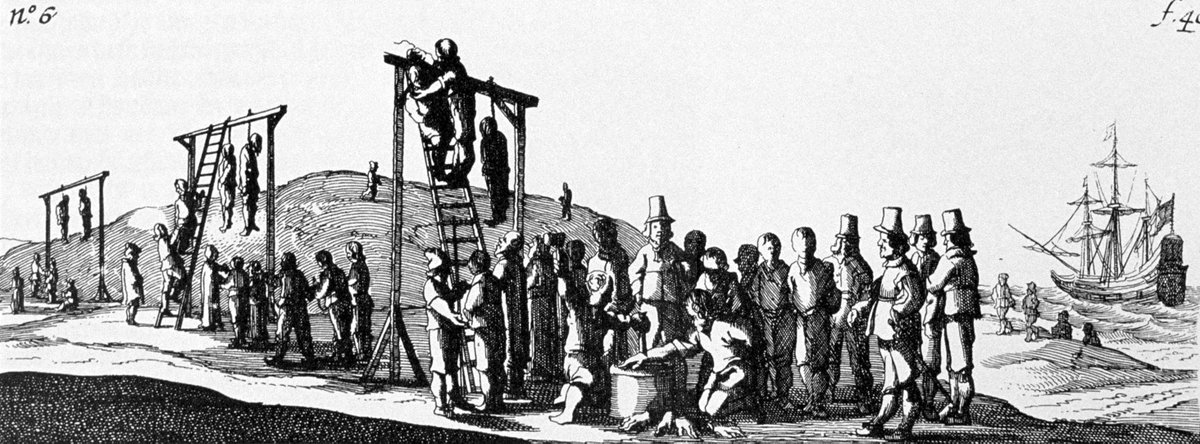
32) Pelsaert organised an intensive salvage operation to retrieve as many treasures from the wreck as possible. Divers managed to recover most of the ship's money chests. In the tent of Jeronimus they found jewels, silverware and the great Roman cameo: the Gemma Constantiniana.. 
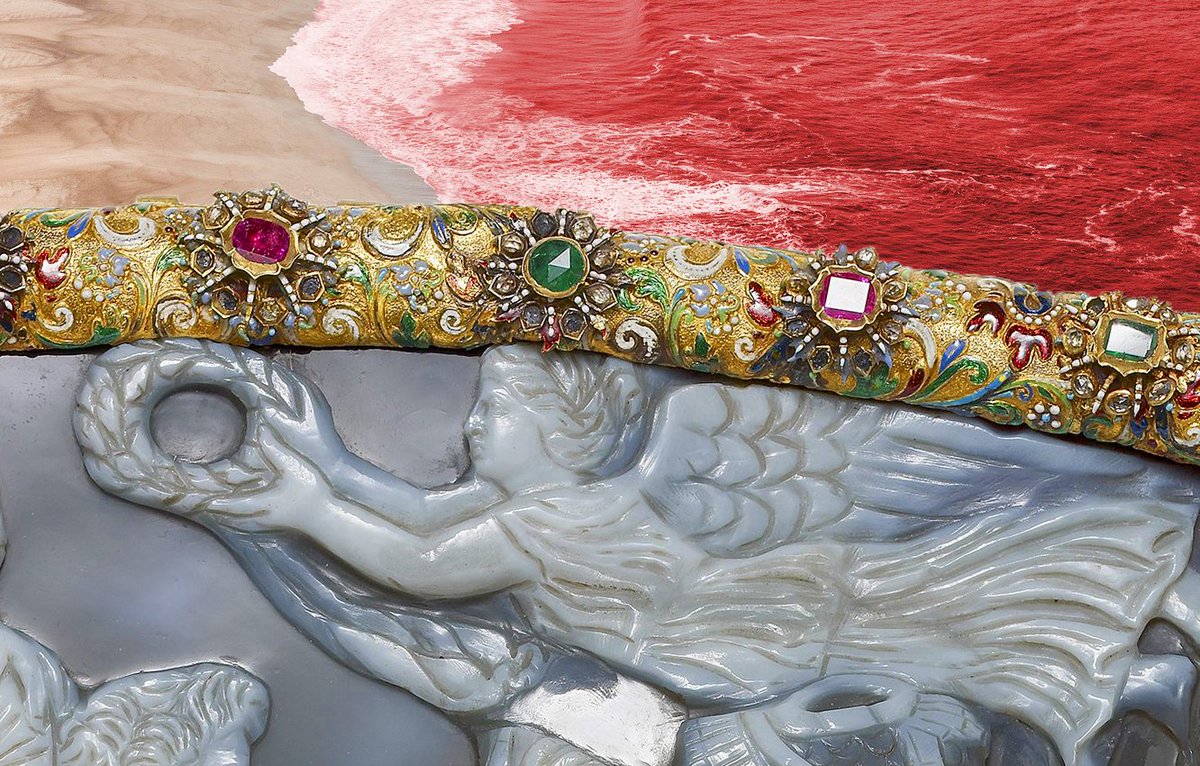
33) After the disaster of the Batavia, the VOC tried desperately to sell the Great Cameo and recoup some of their losses. In Lahore, the Great Mogul Jahangir was dead and his son showed no interest in the cameo; it was offered to rulers in India, Persia and Sumatra to no avail.. 
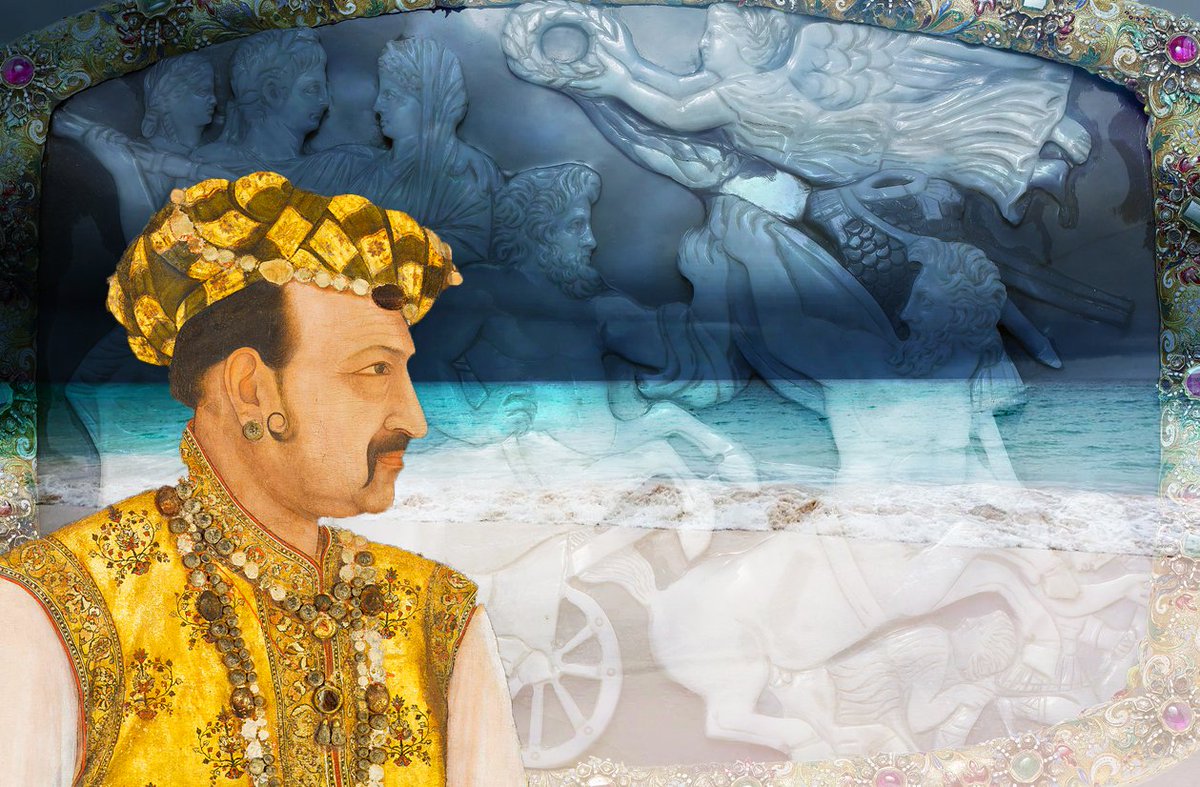
34) Eventually the VOC admitted defeat and the Gemma Constantiniana was returned to the Netherlands, where it was auctioned off in Amsterdam. By 1813, Napoleon was negotiating purchase of the cameo for 110,000 French francs but his military defeats of that year prevented a deal.. 
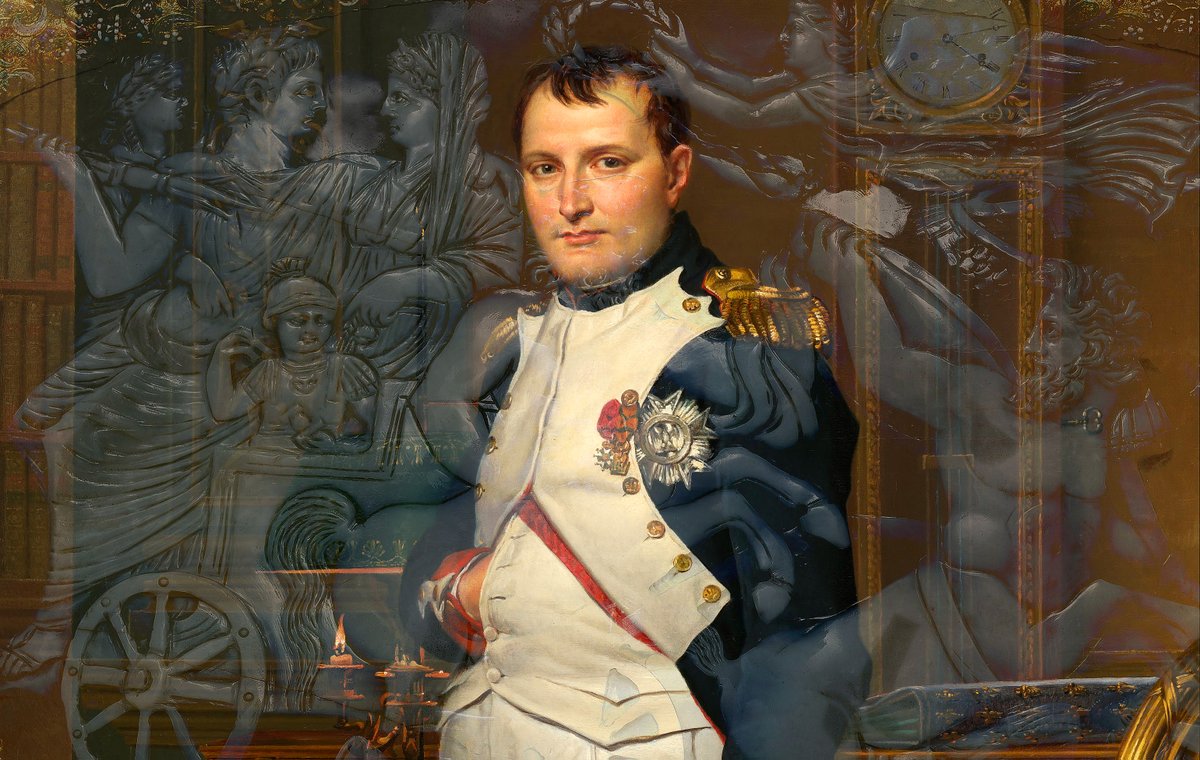
35) King Willem I finally purchased the Great Cameo in 1823, placing it in the Royal Coin Cabinet in The Hague. In 2013 it was transferred to Leiden's Rijksmuseum van Oudheden, the National Archaeological Museum of the Netherlands, where it is still displayed to this day.. 
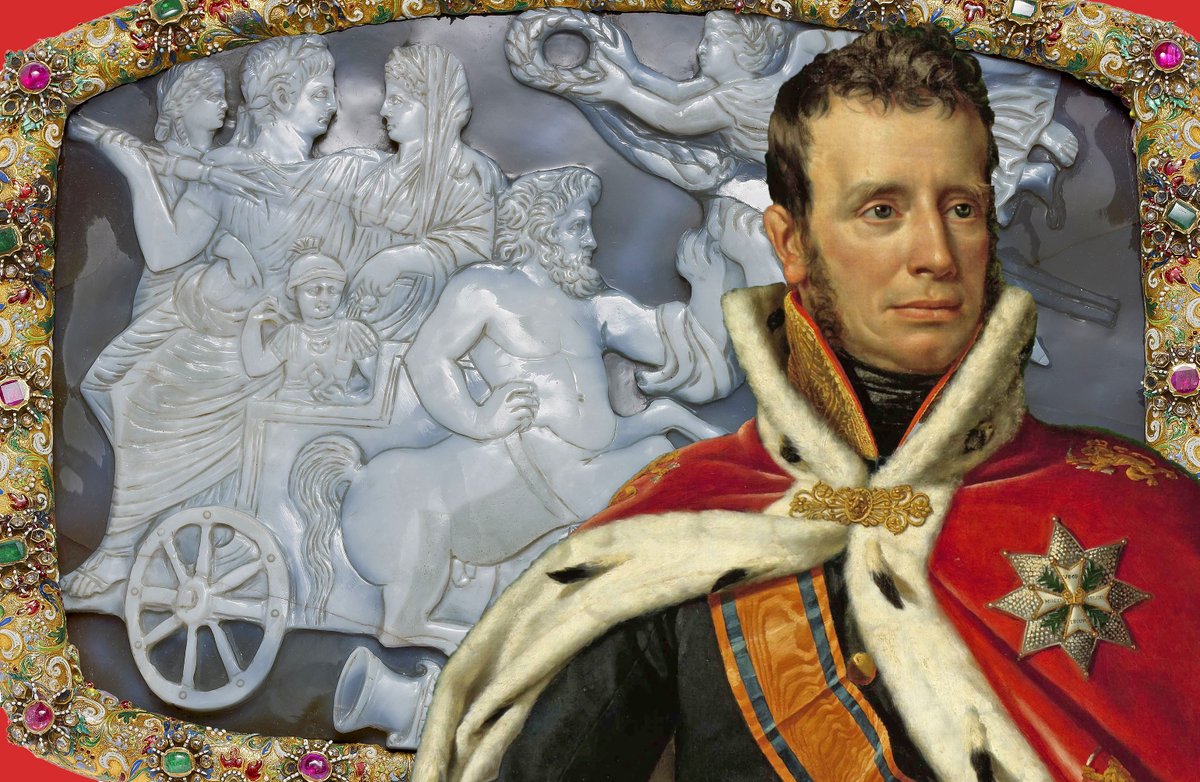
36) In 2017 the Gemma Constantiniana returned to Western Australia for the first time in 388 years, where it was the centrepiece of a special exhibition "Travellers and Traders in the Indian Ocean" at the Western Australian Maritime Museum in Fremantle. 
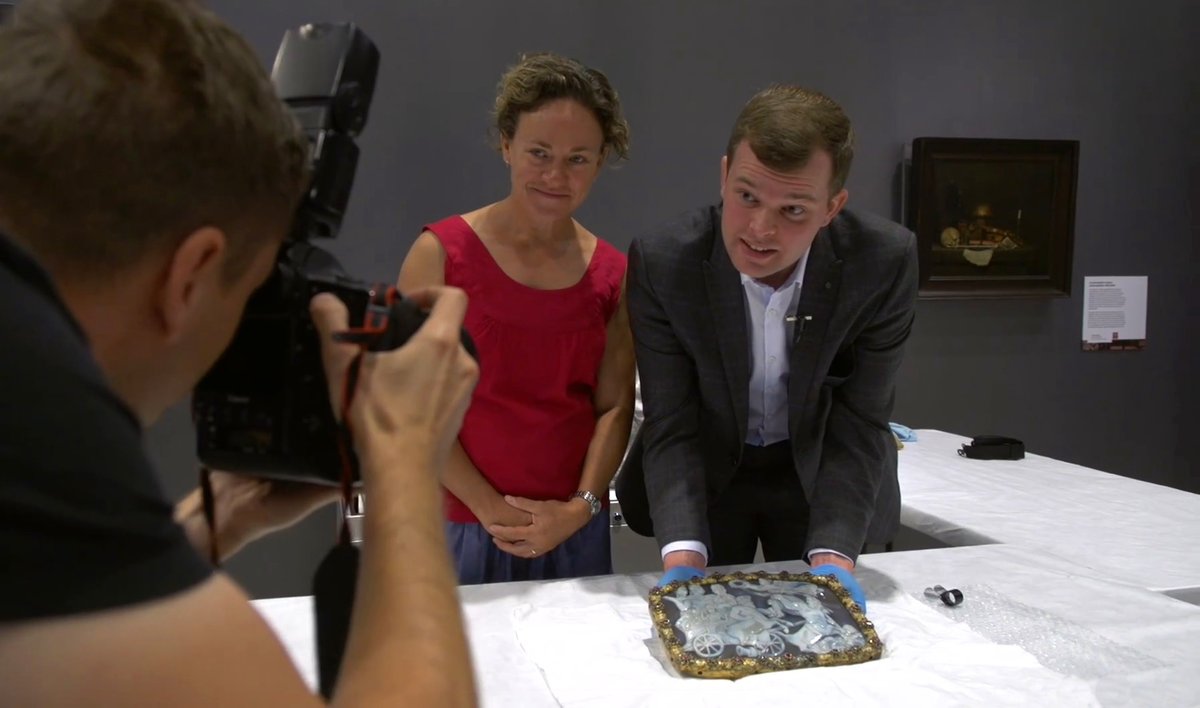
37) A surviving section of the Batavia's hull raised from the Abrolhos in the 1960s, as well as numerous artefacts from the ship, can be viewed at the Museum of Geraldton, Western Australia. The Abrolhos Islands can be visited by light plane flight or charter boat from Geraldton. 
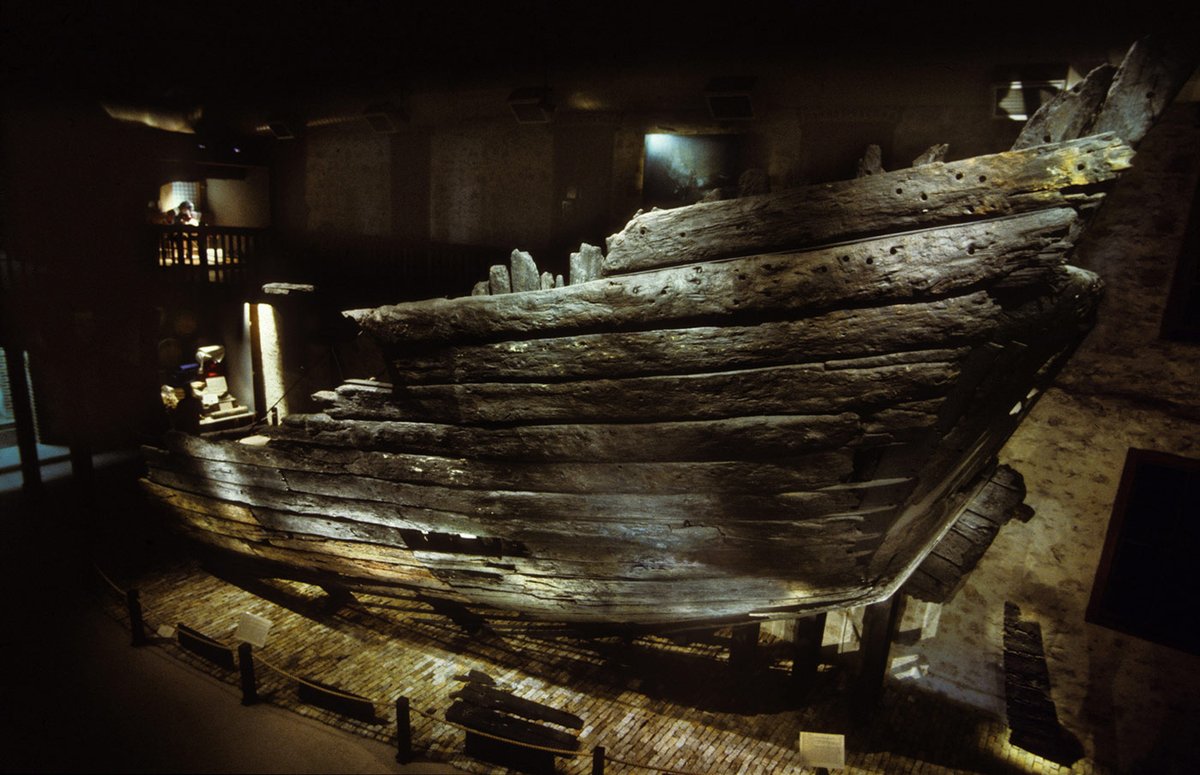
38) Since the 1990s, excavations on Batavia's Graveyard, the island of Jeronimus Cornelisz' reign of terror (now called Beacon Island) have uncovered mass graves, with many skeletons showing signs of violent death; most recently, a grave of five Batavia passengers found in 2017. 

39) The incredible tale of the Batavia, her ill-fated passengers and cargo of remarkable treasure remains little-known outside of Western Australia and has never been adapted for film, despite being called one of the "greatest stories in Australia's history, if not the world's." 

40) This thread has barely scratched the surface of a truly epic story - to learn more about the doomed voyage of the Batavia and the ancient Gemma Constantiniana in its cargo, read the outstanding "Batavia's Graveyard" by Mike Dash or "Batavia" by Peter FitzSimons. {THE END} 

Enjoy the unrolled thread here: threadreaderapp.com/thread/1379365…
• • •
Missing some Tweet in this thread? You can try to
force a refresh










